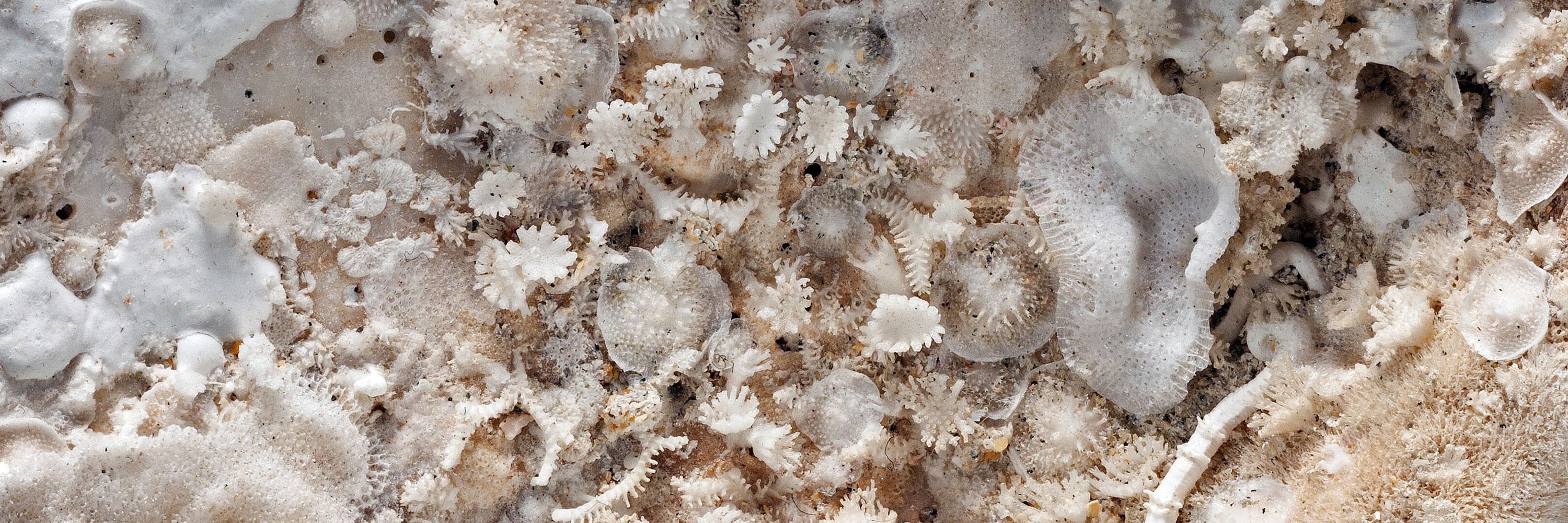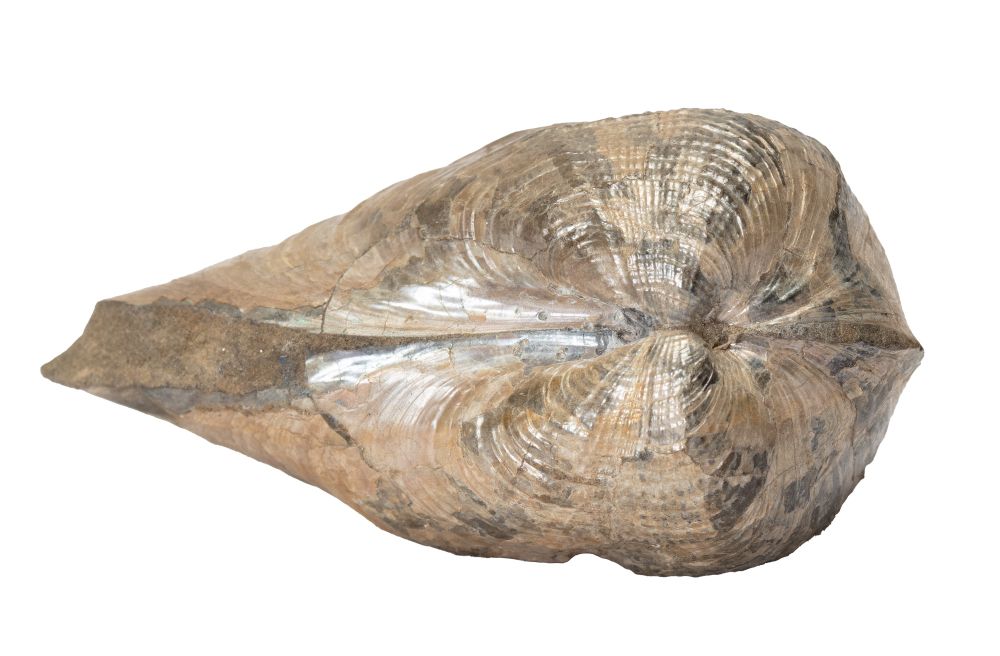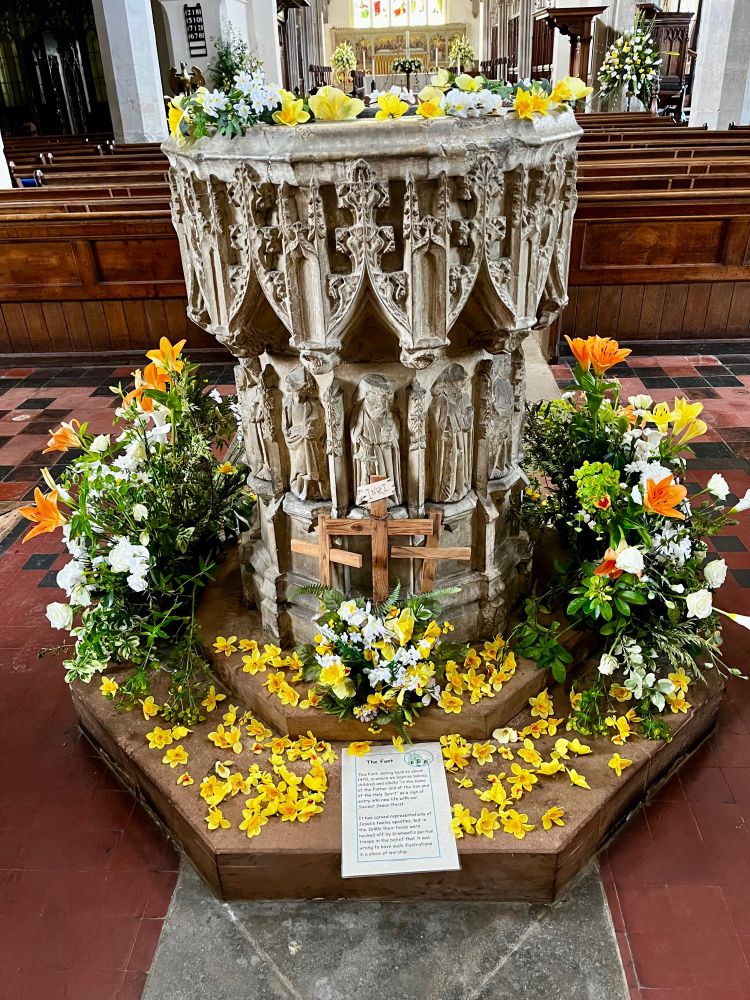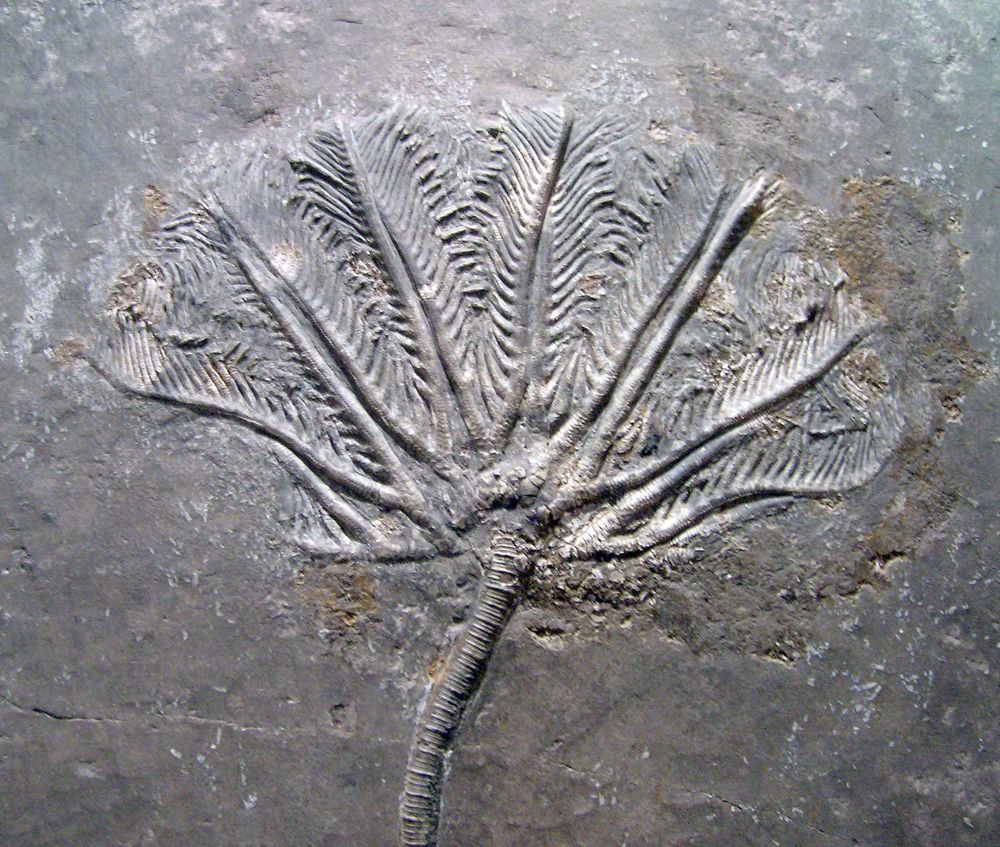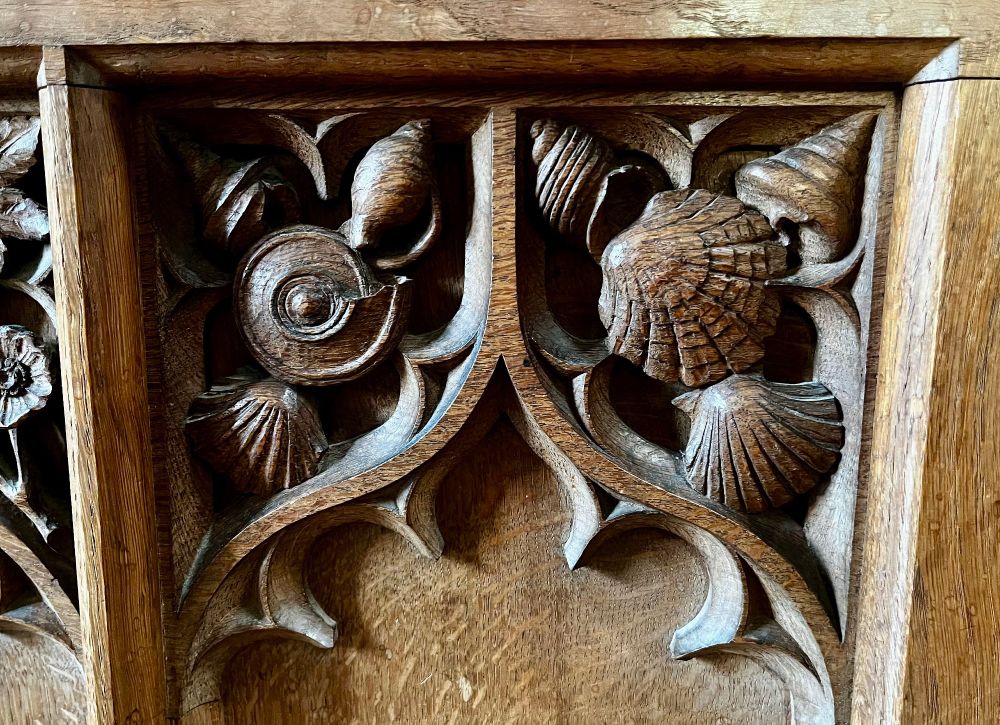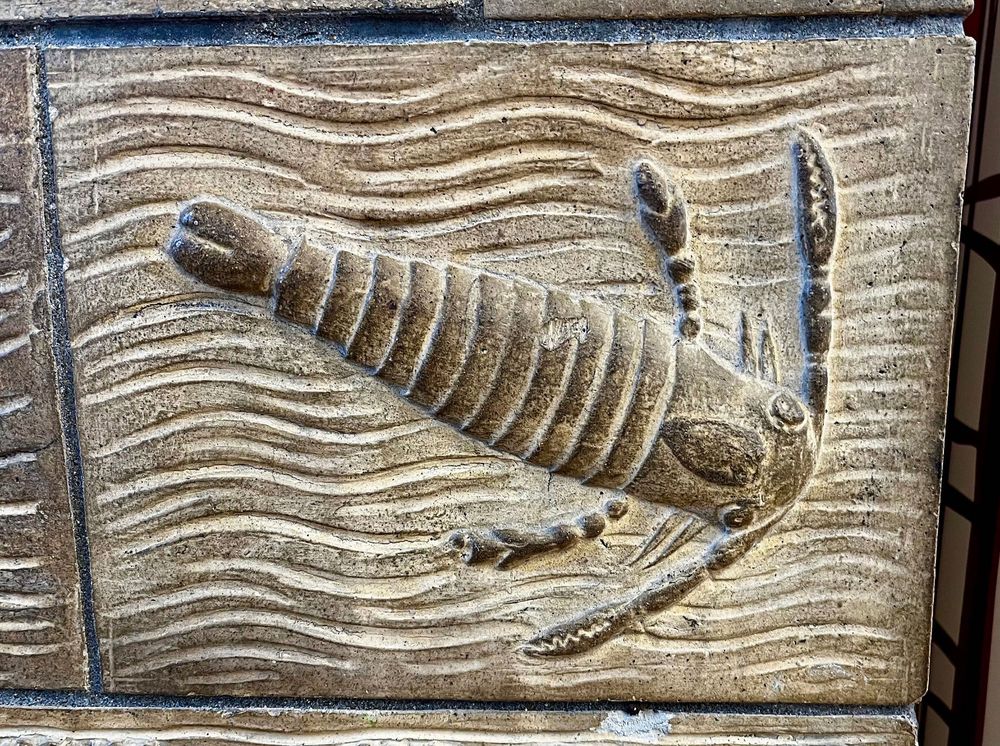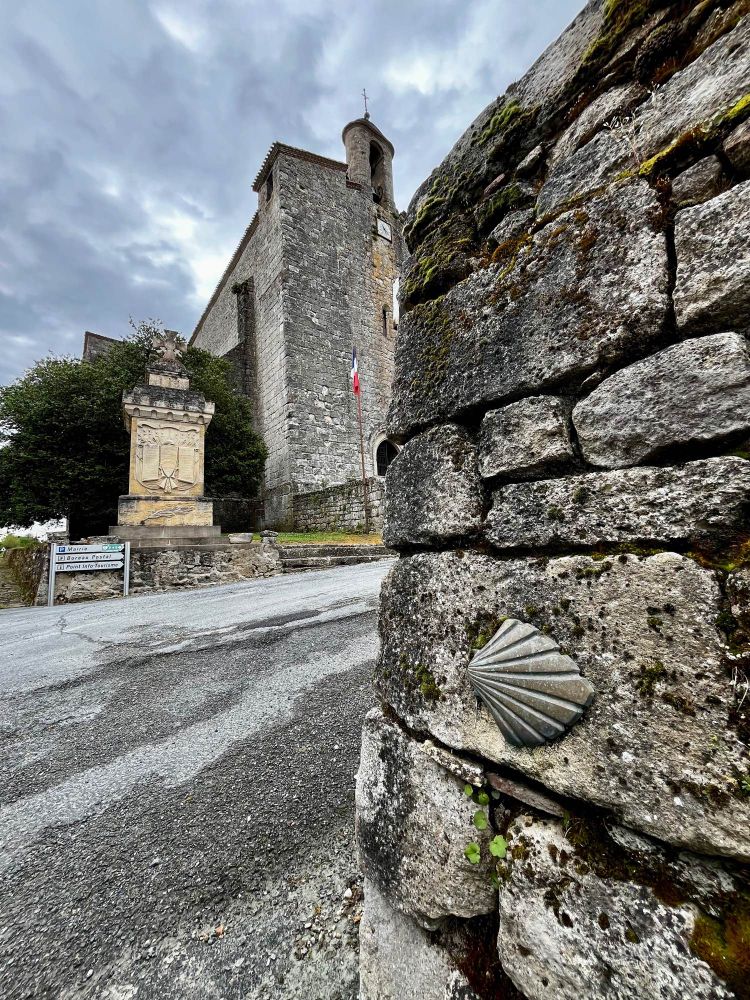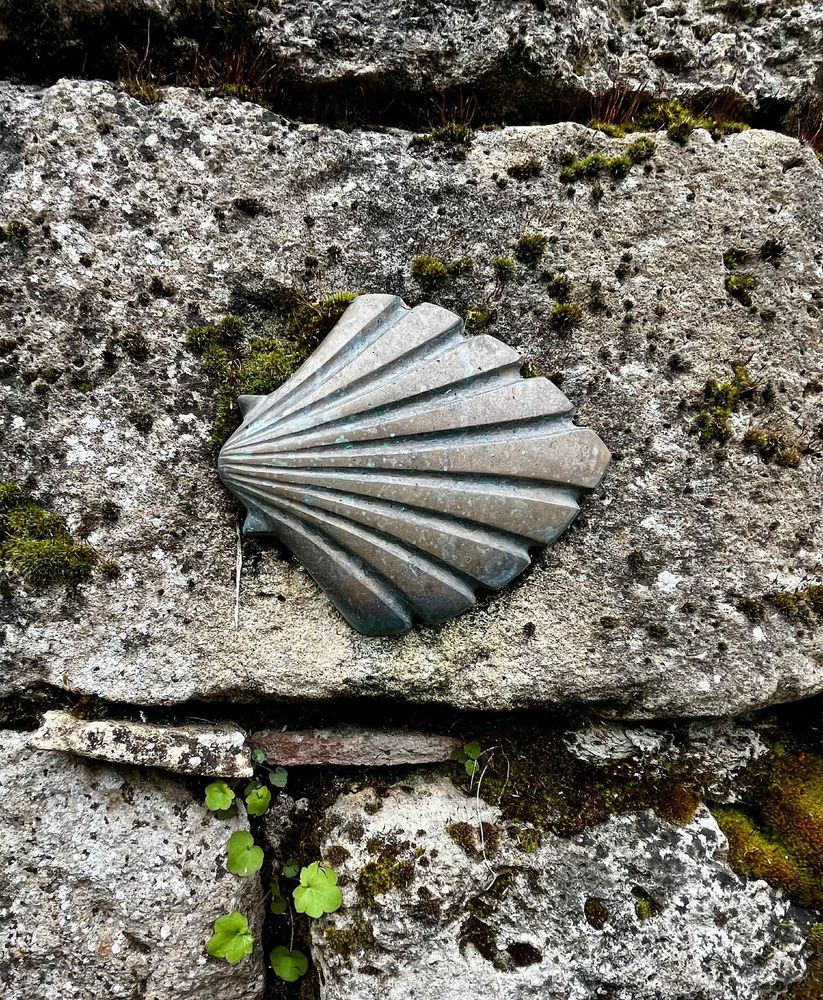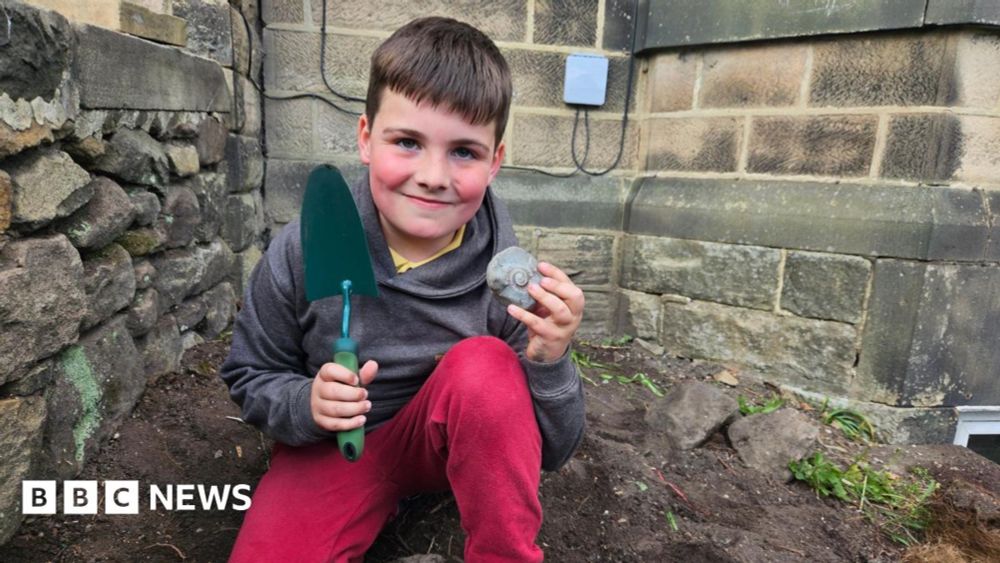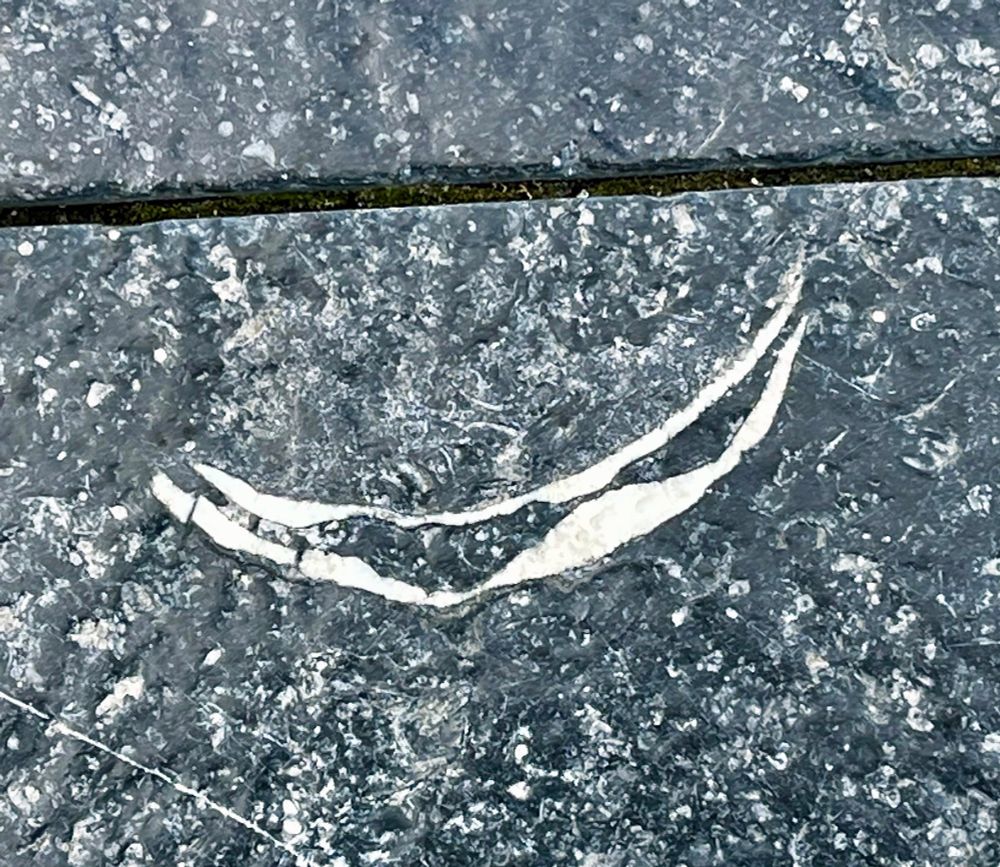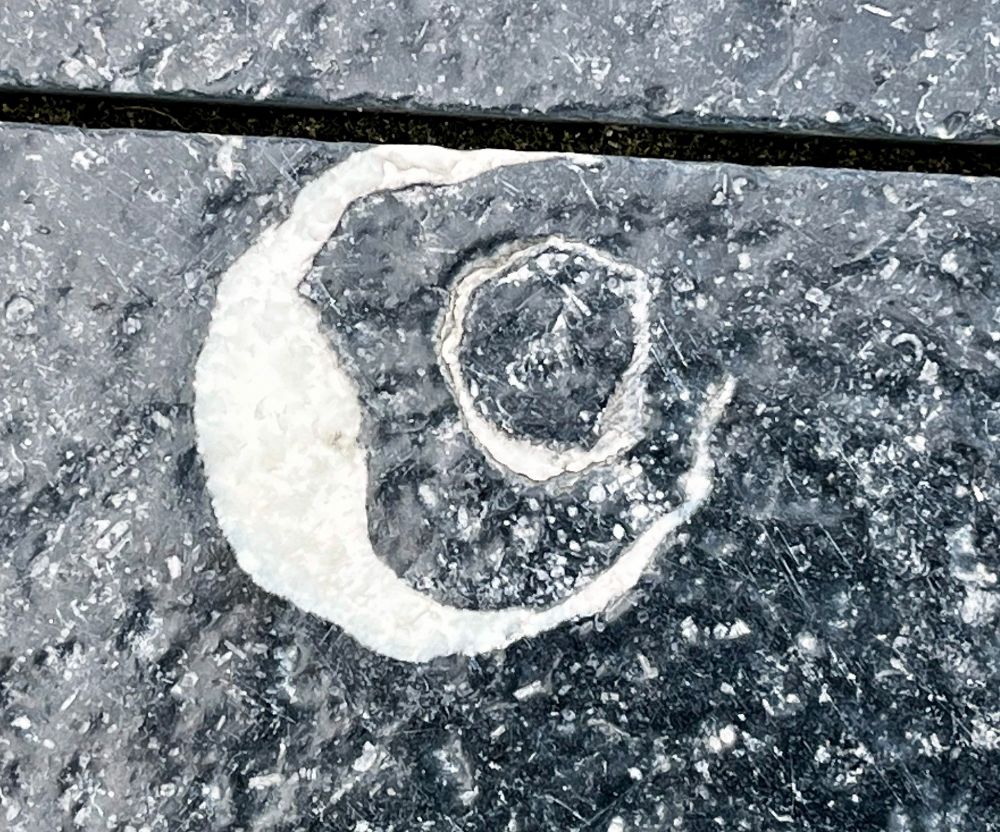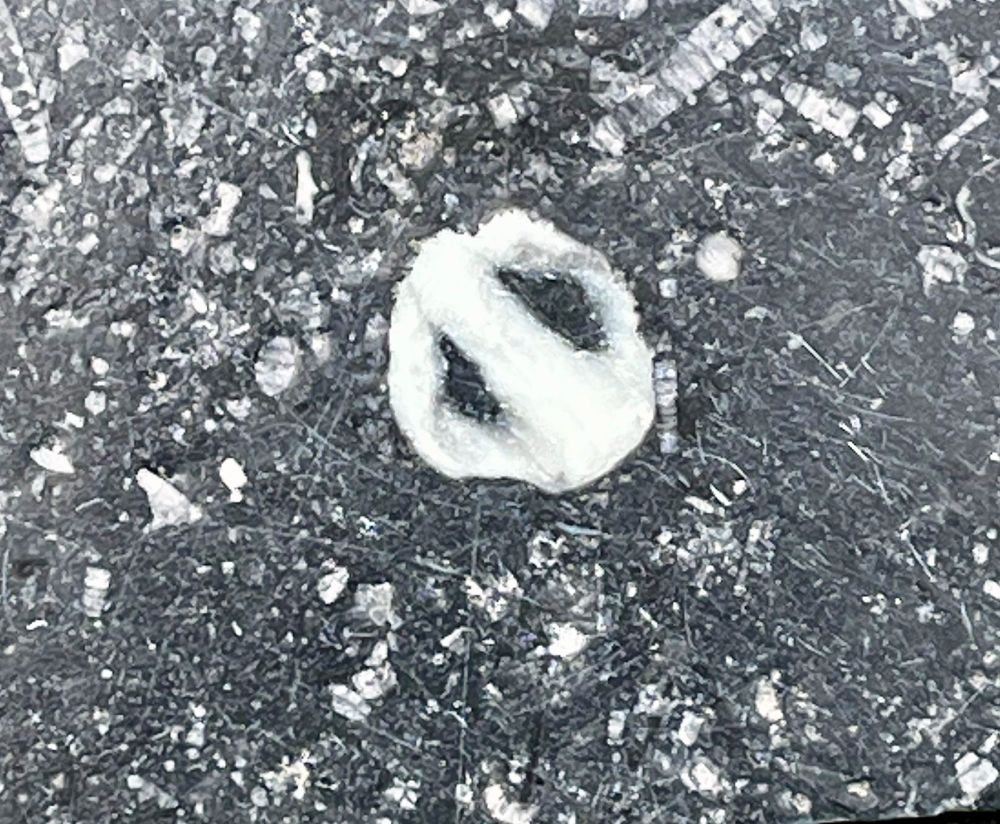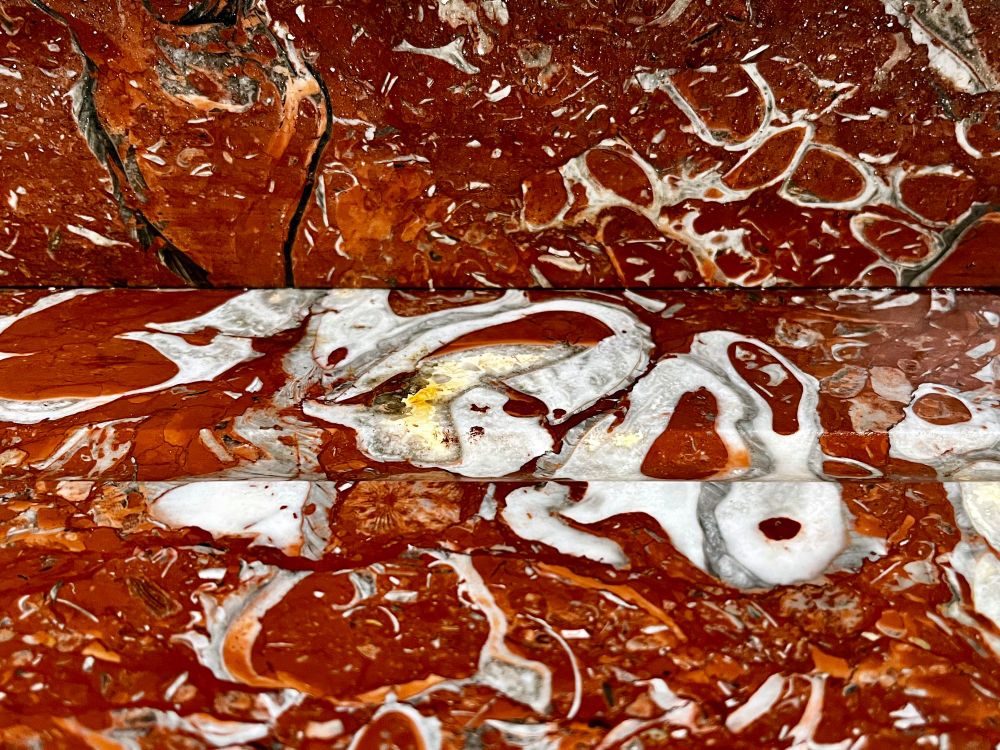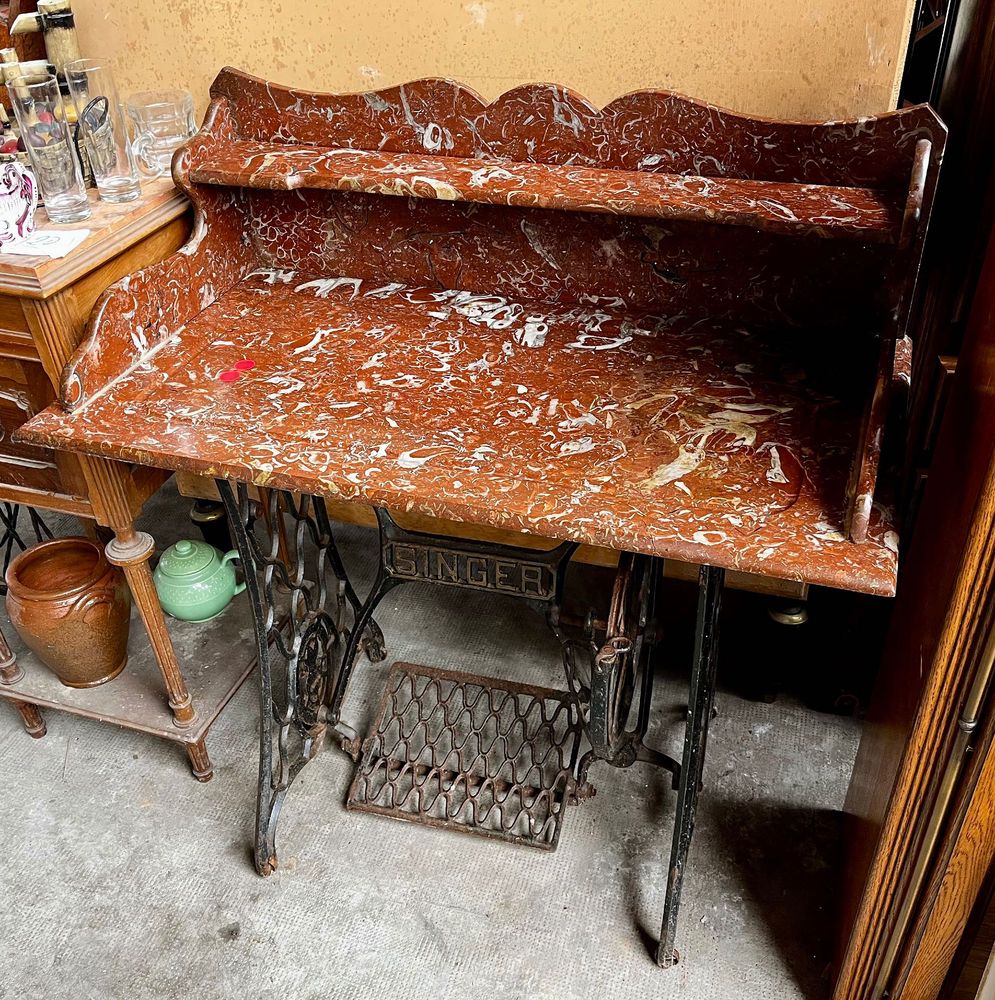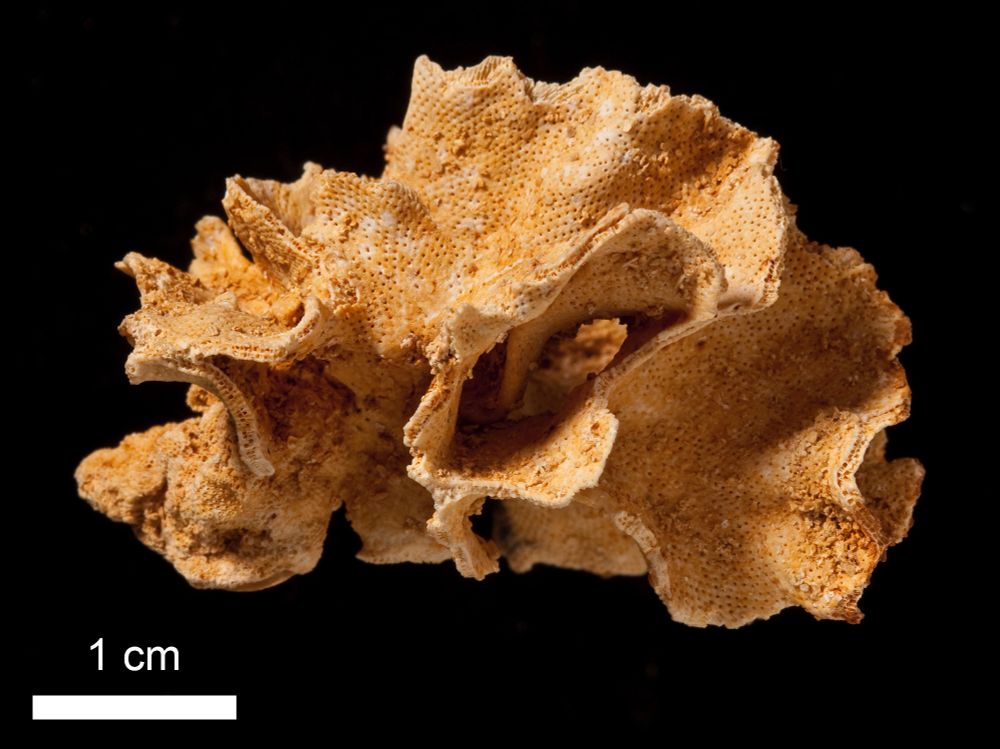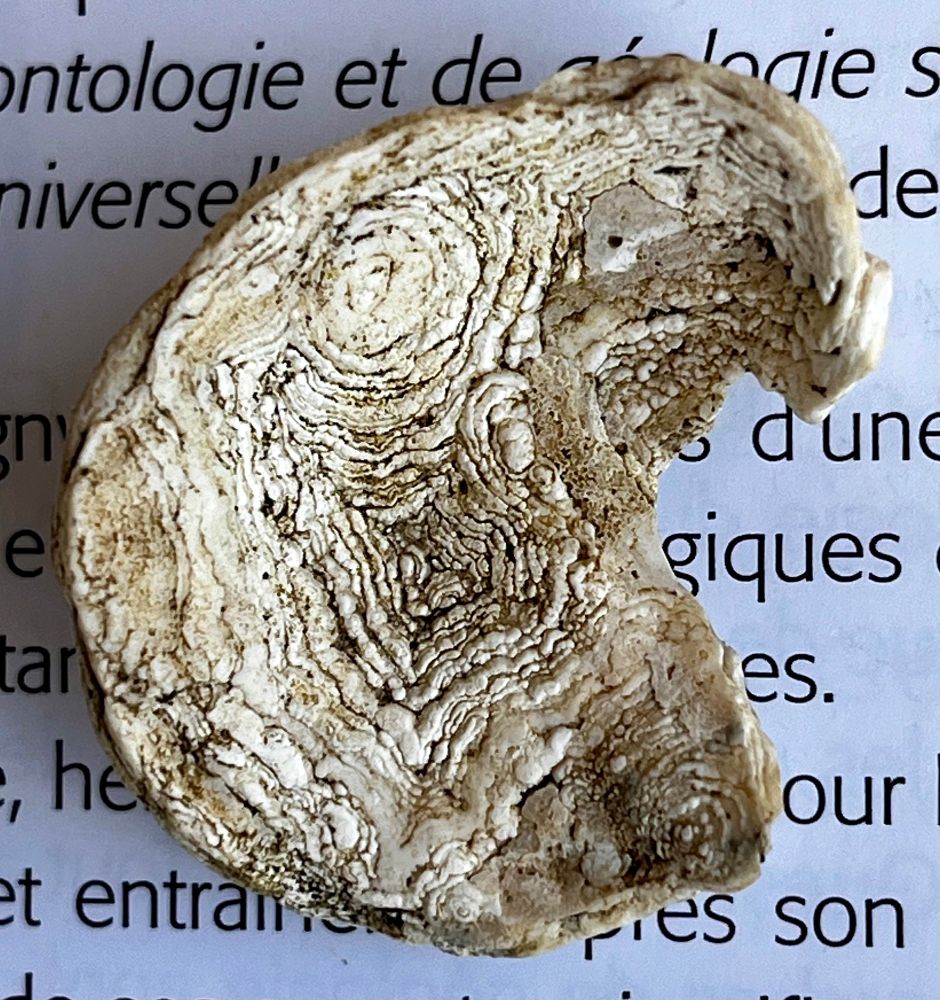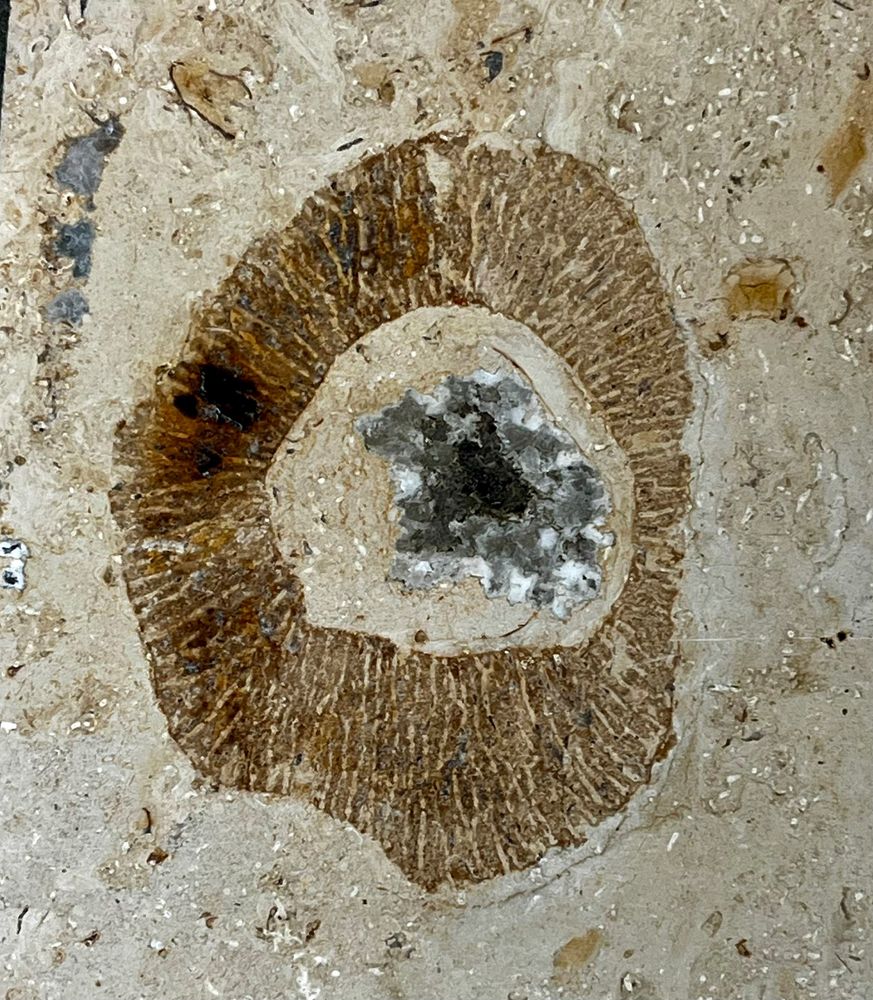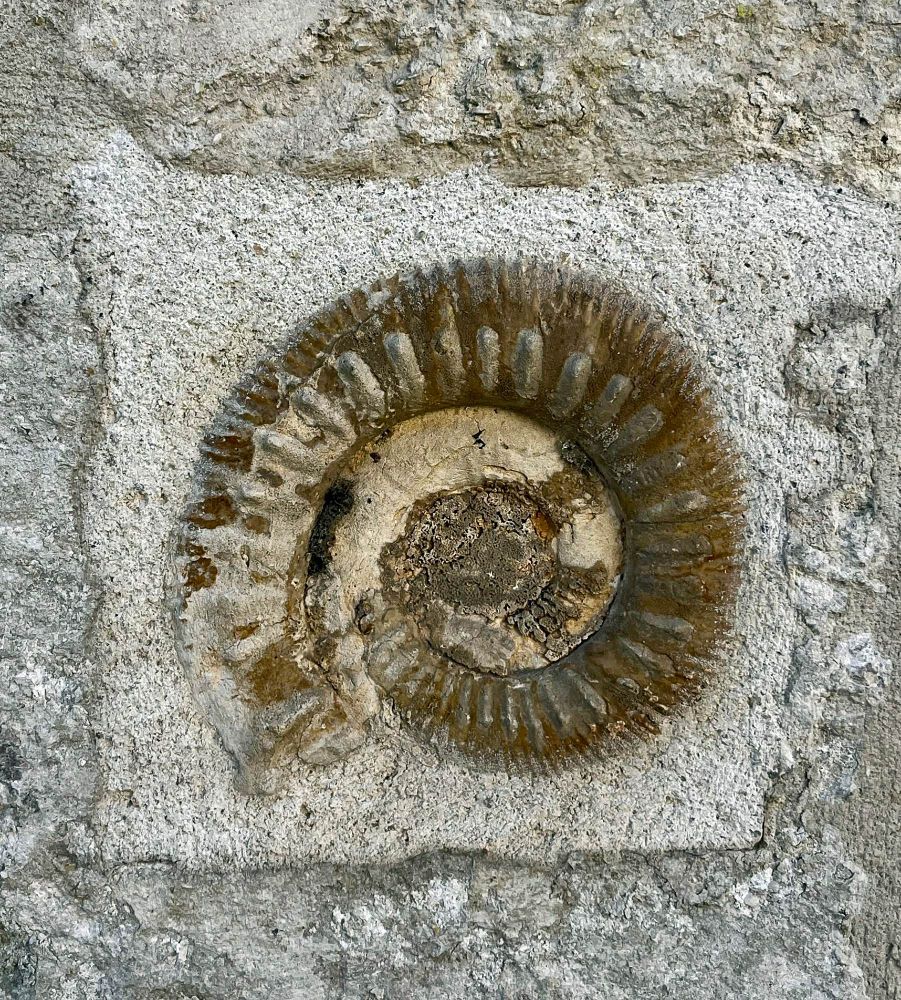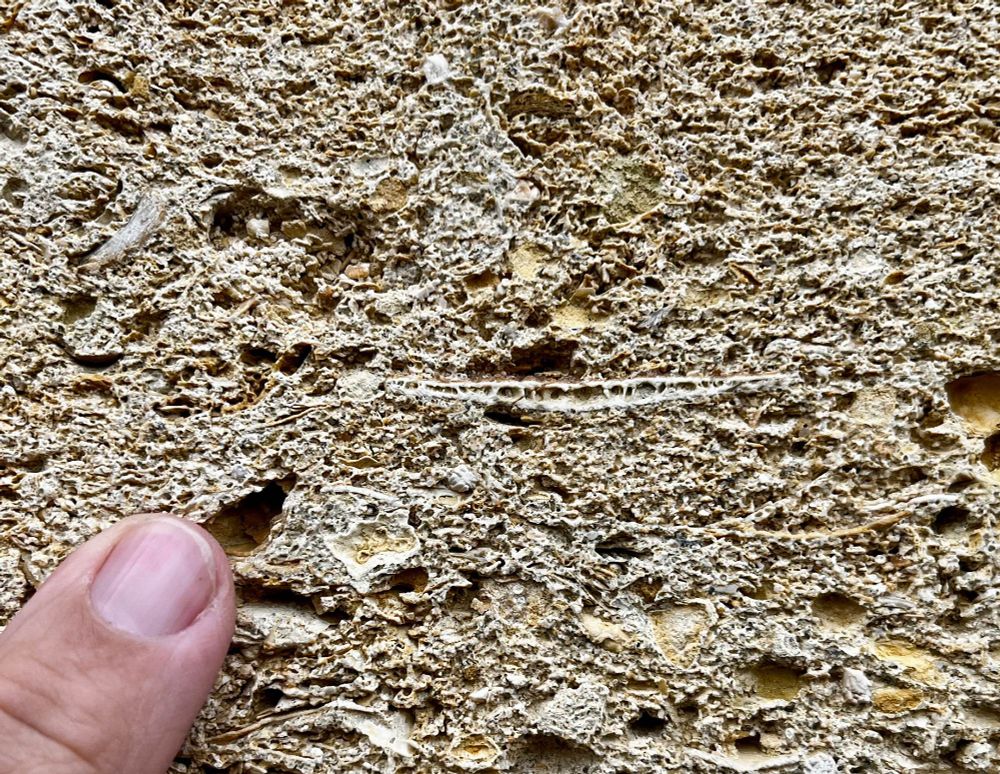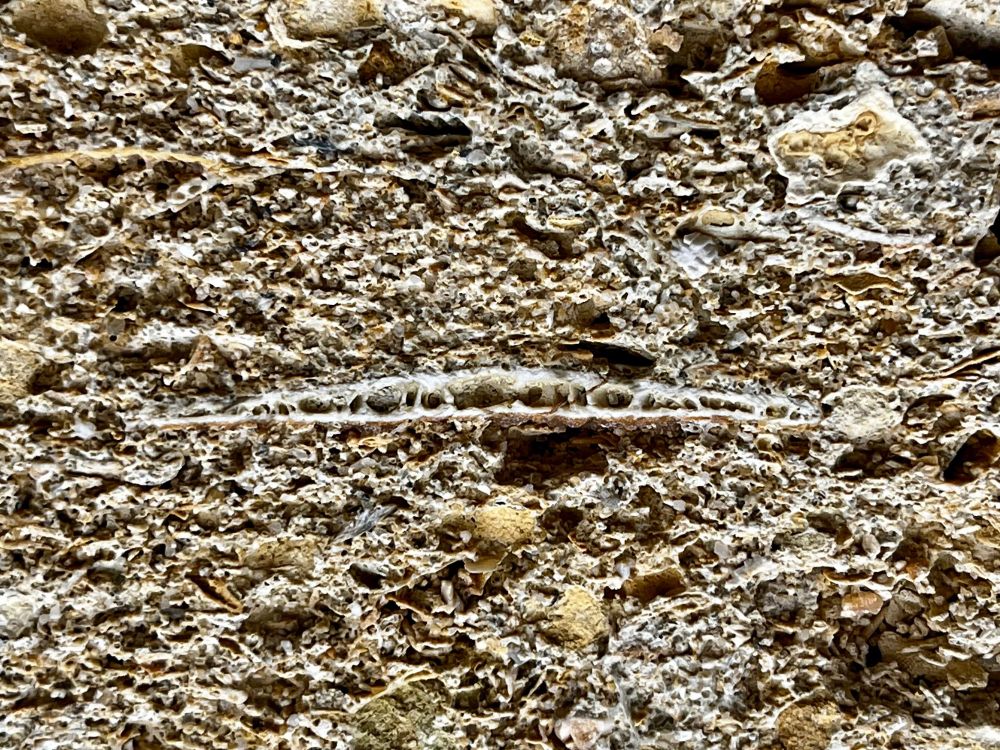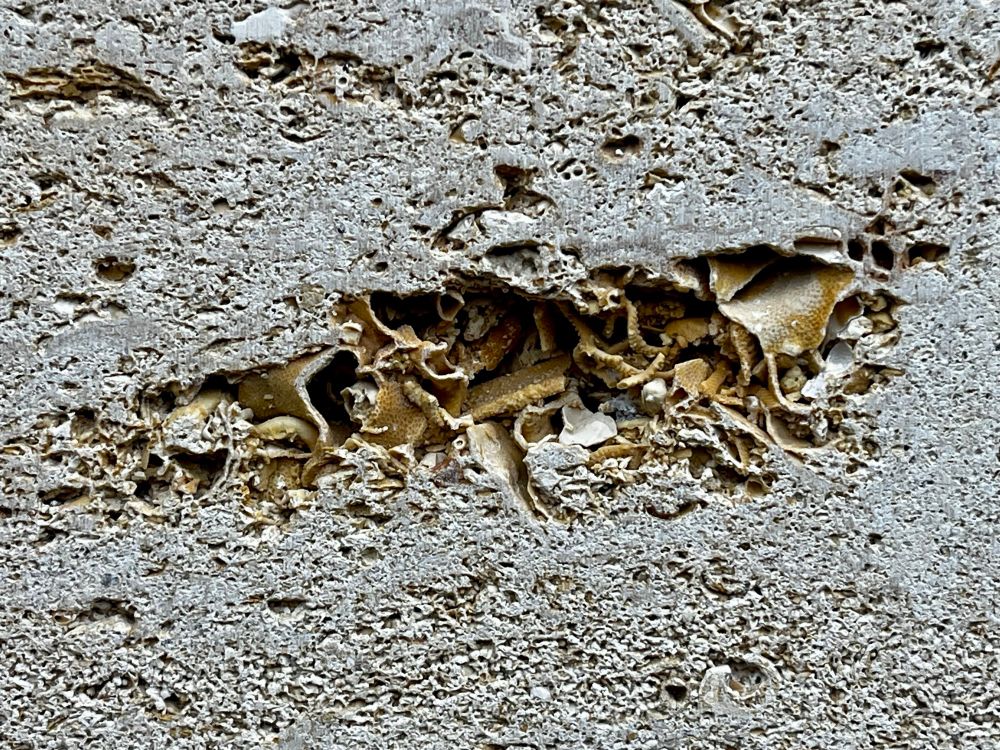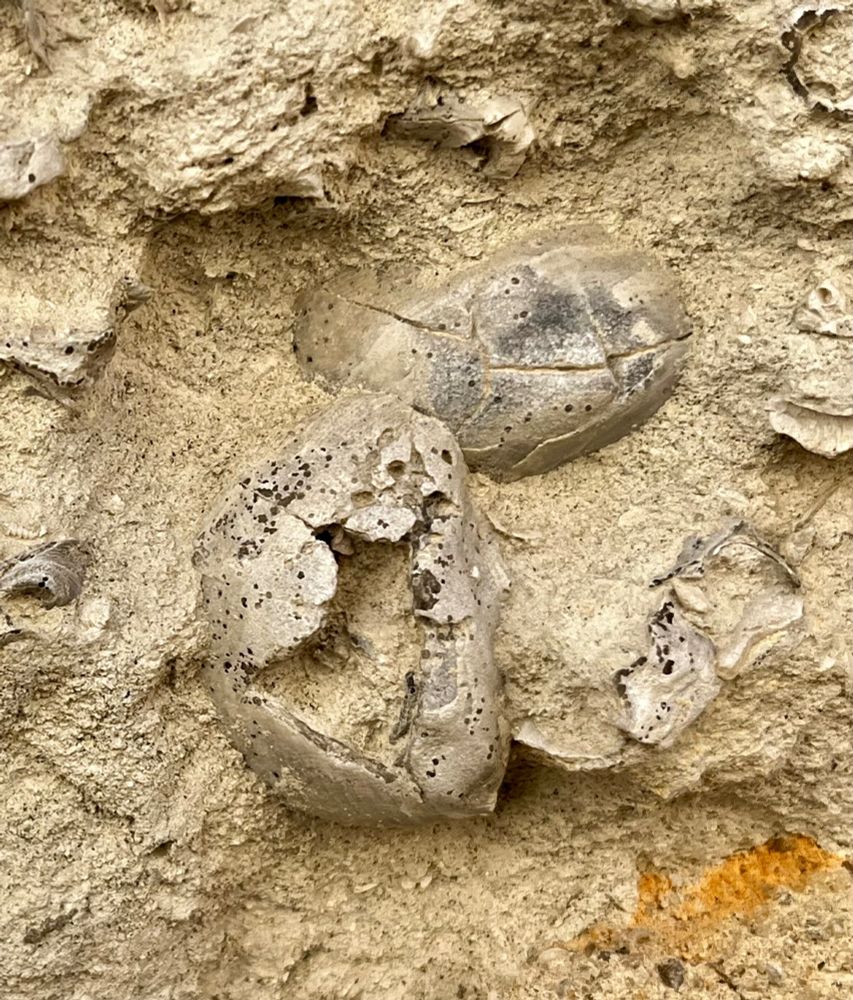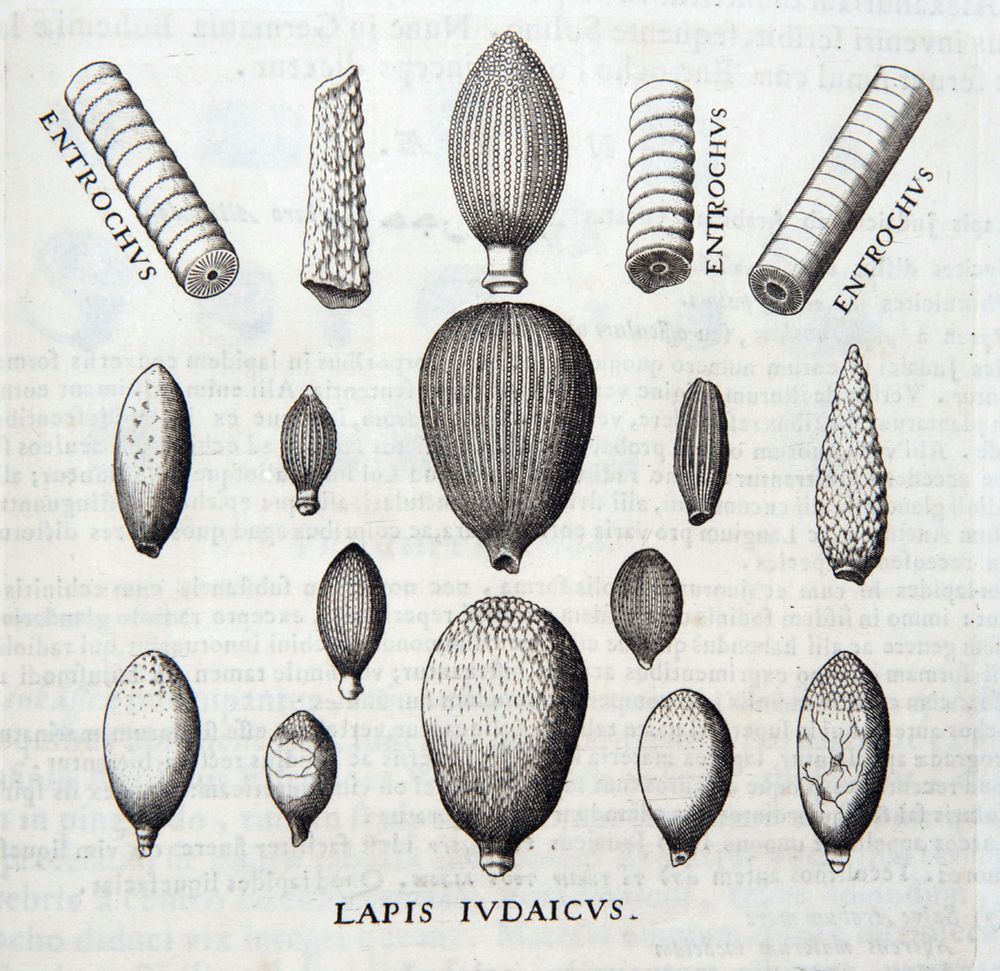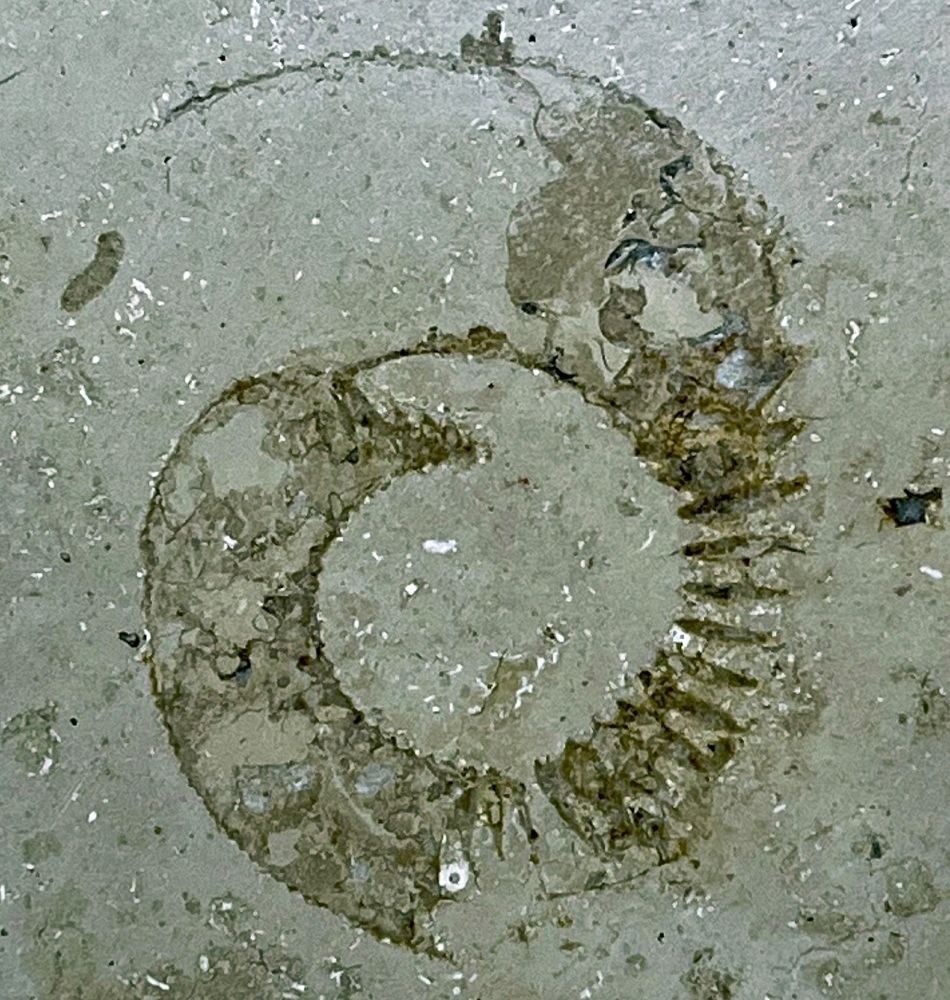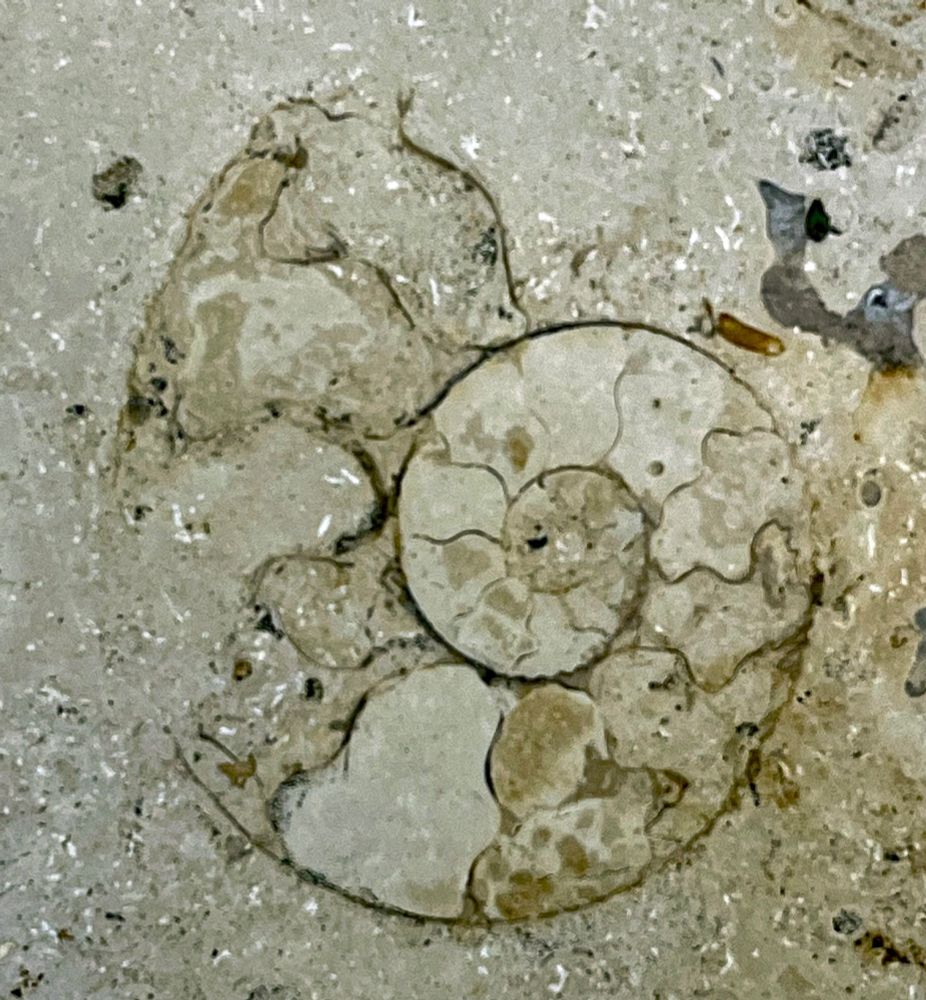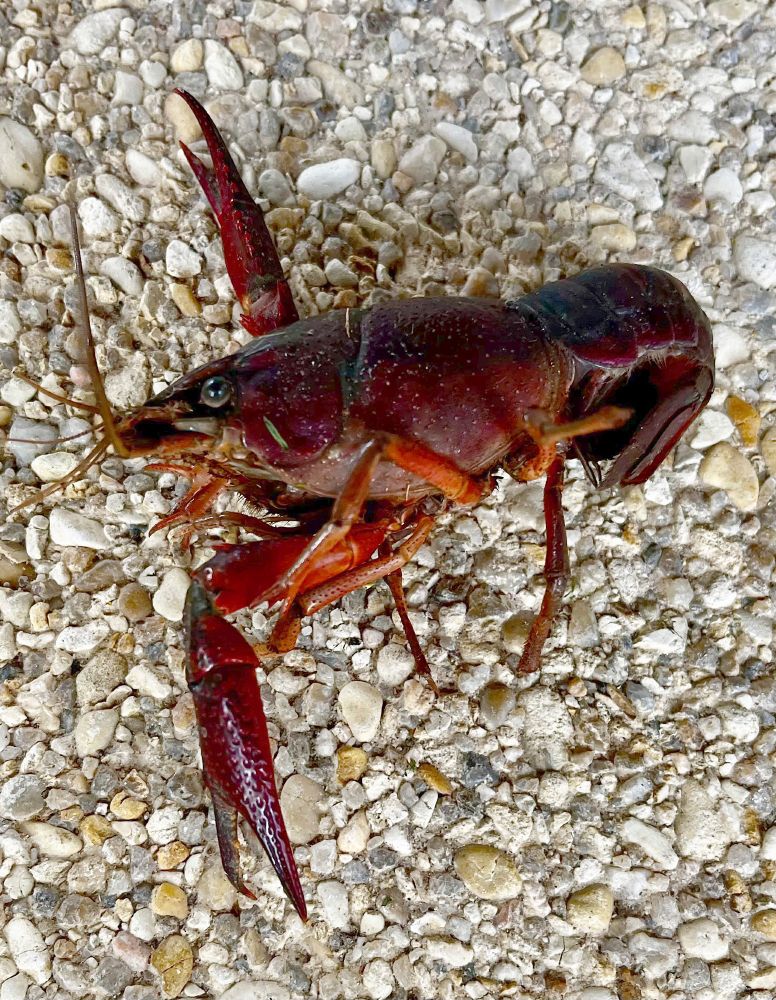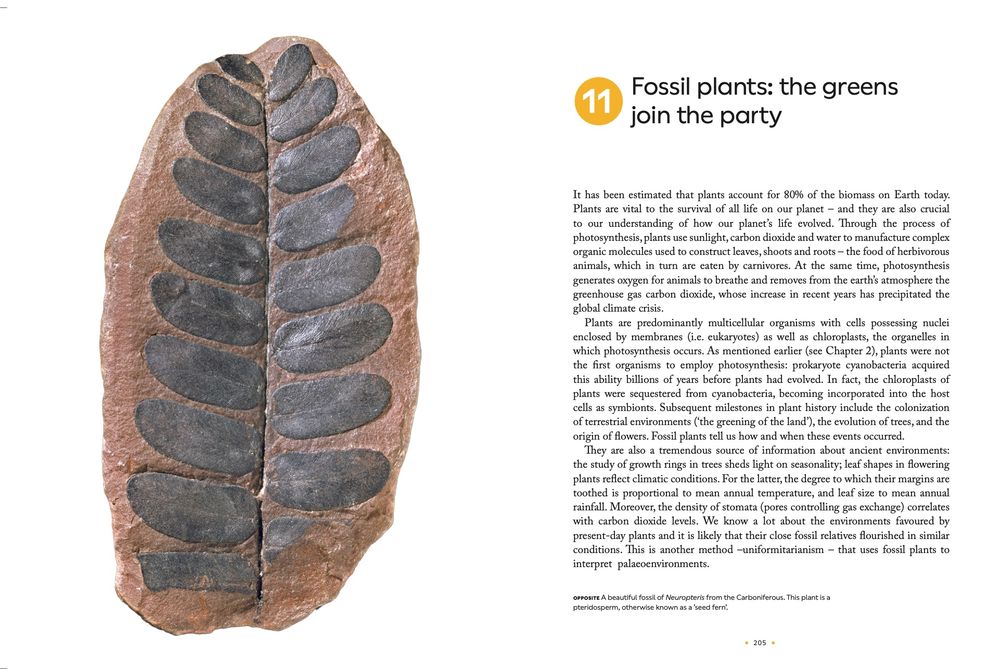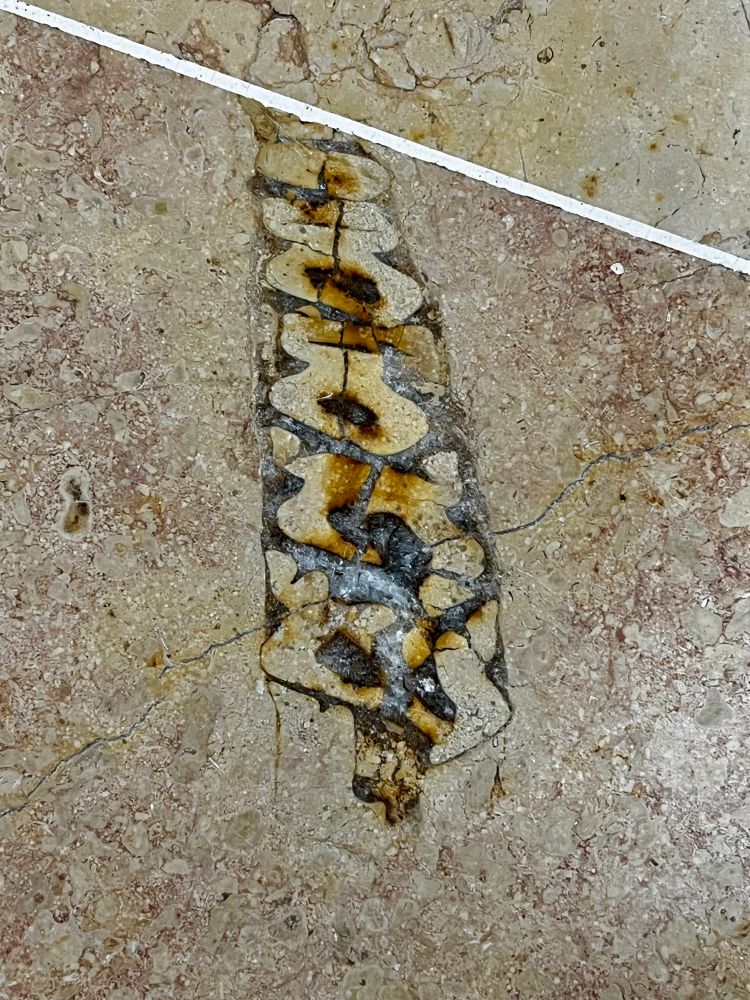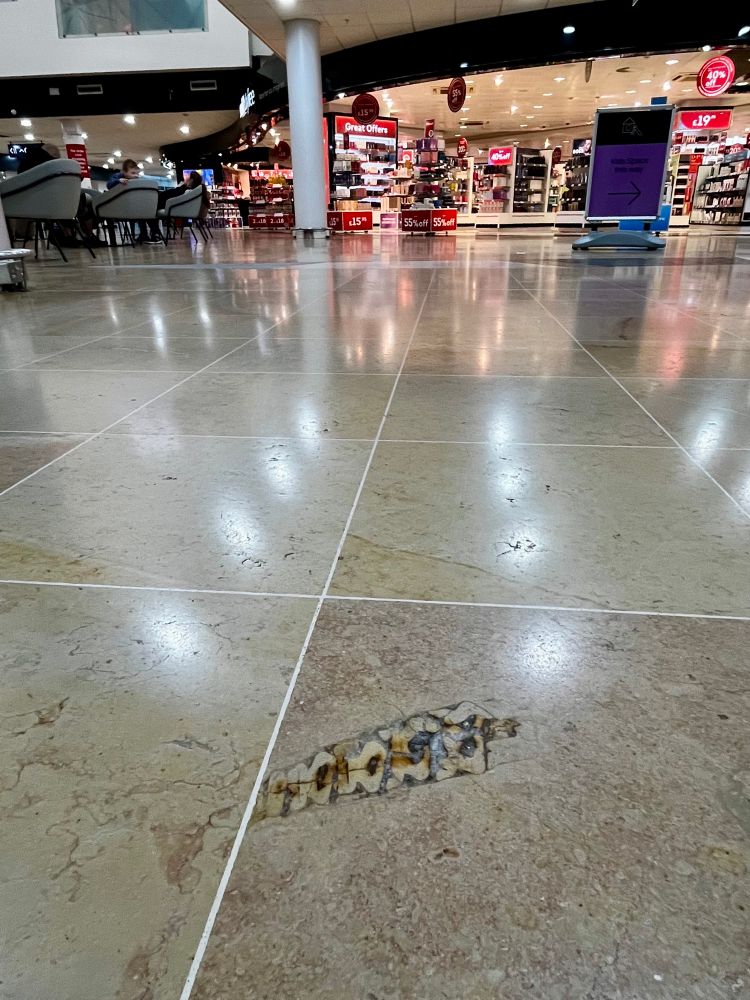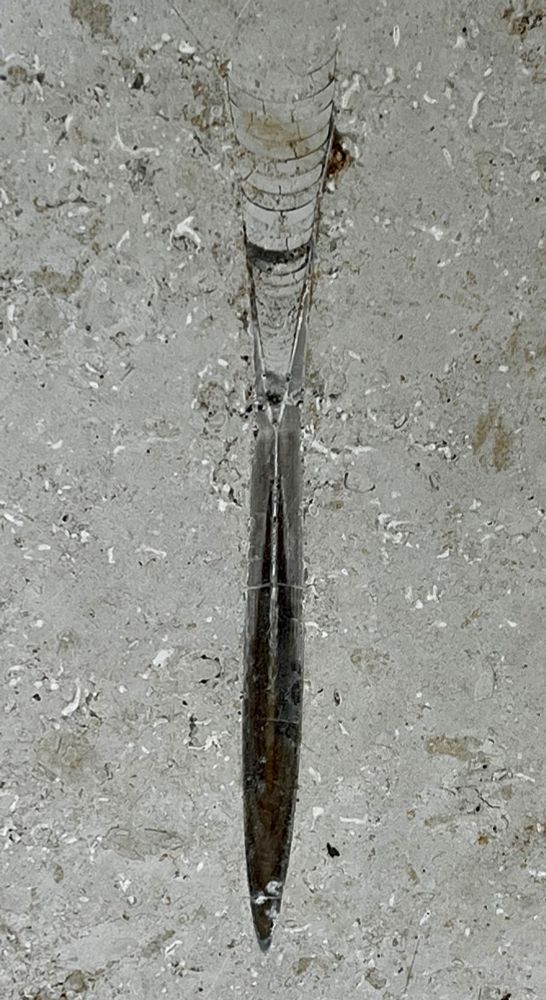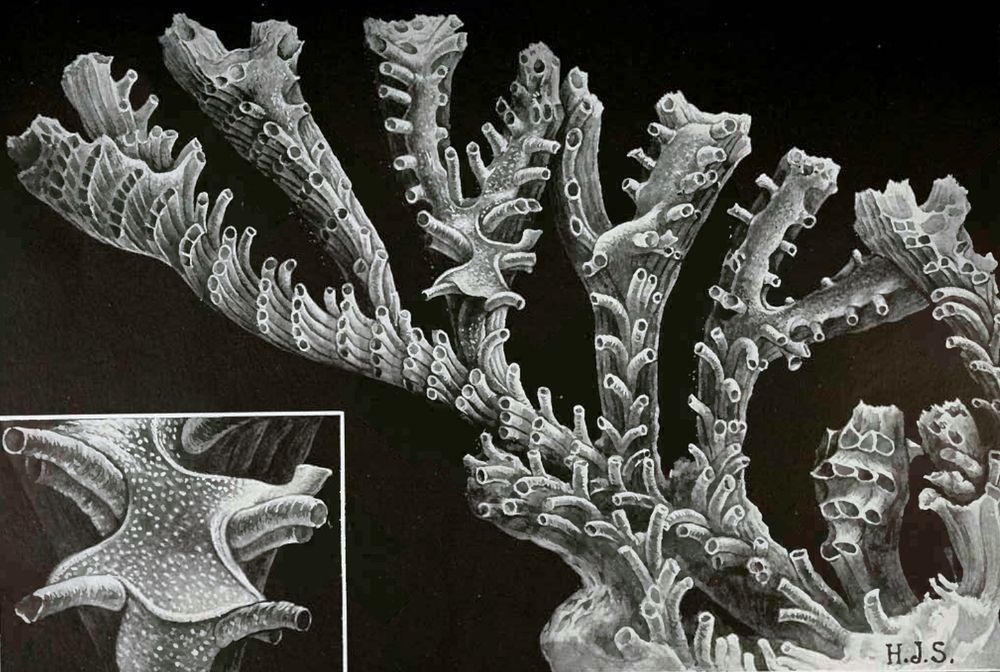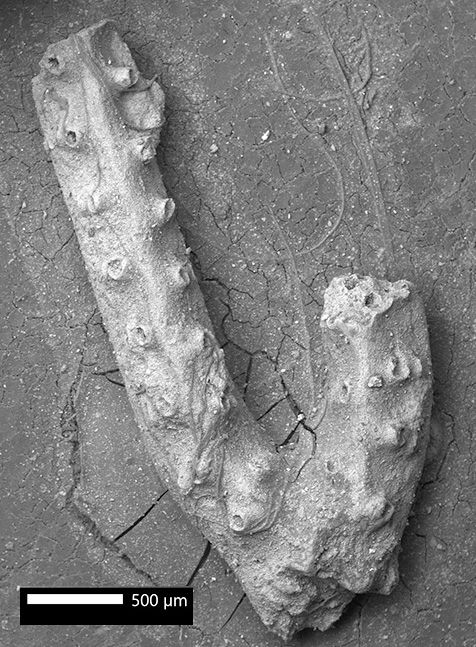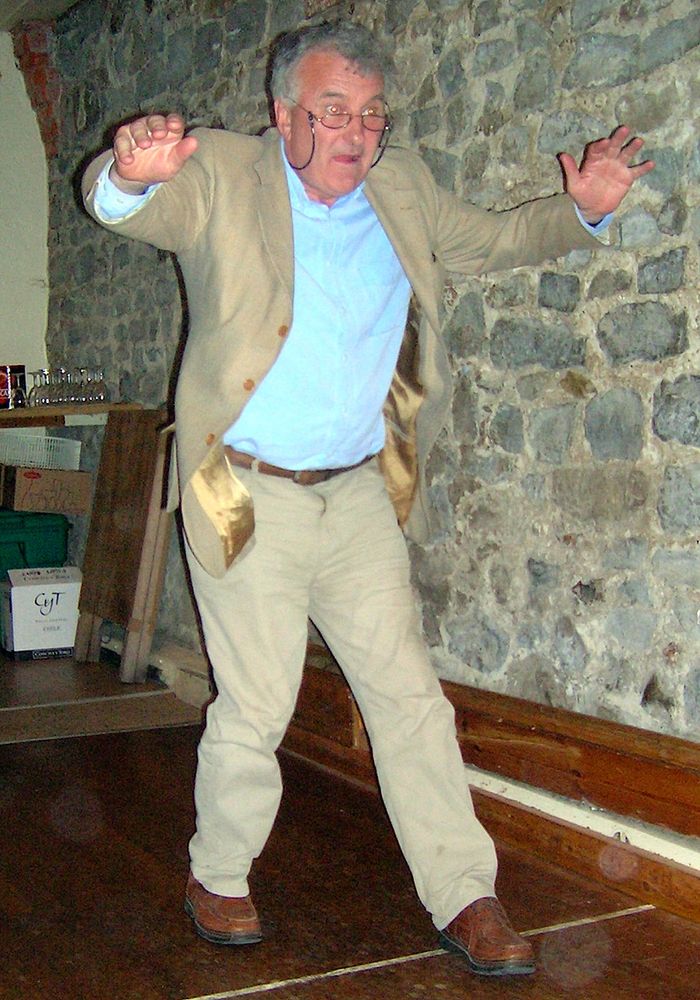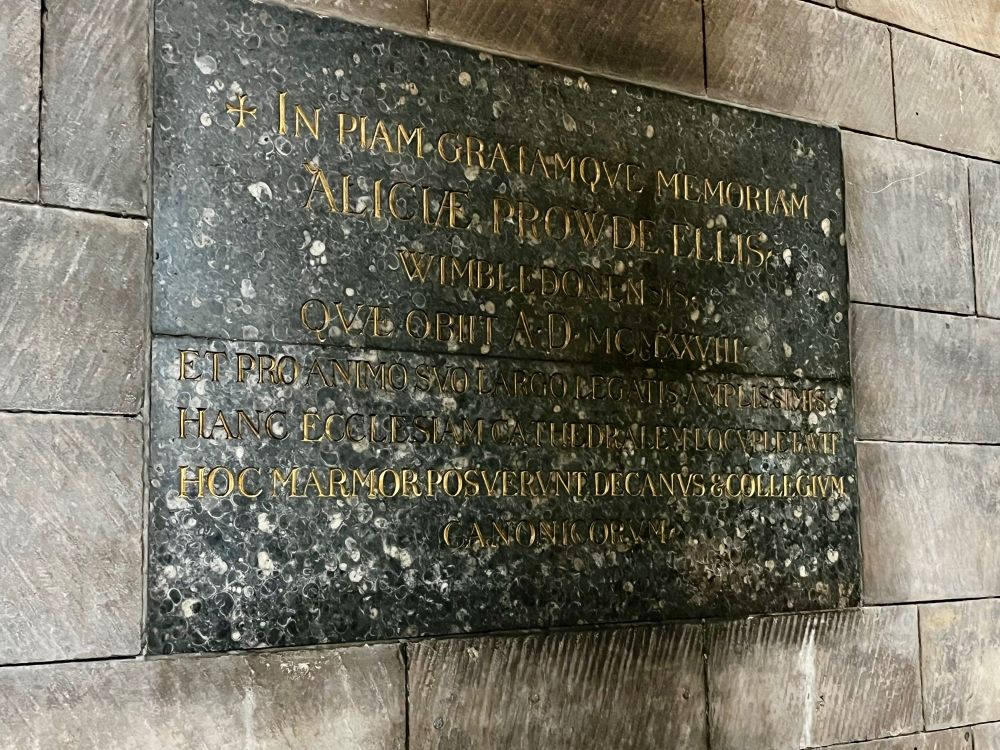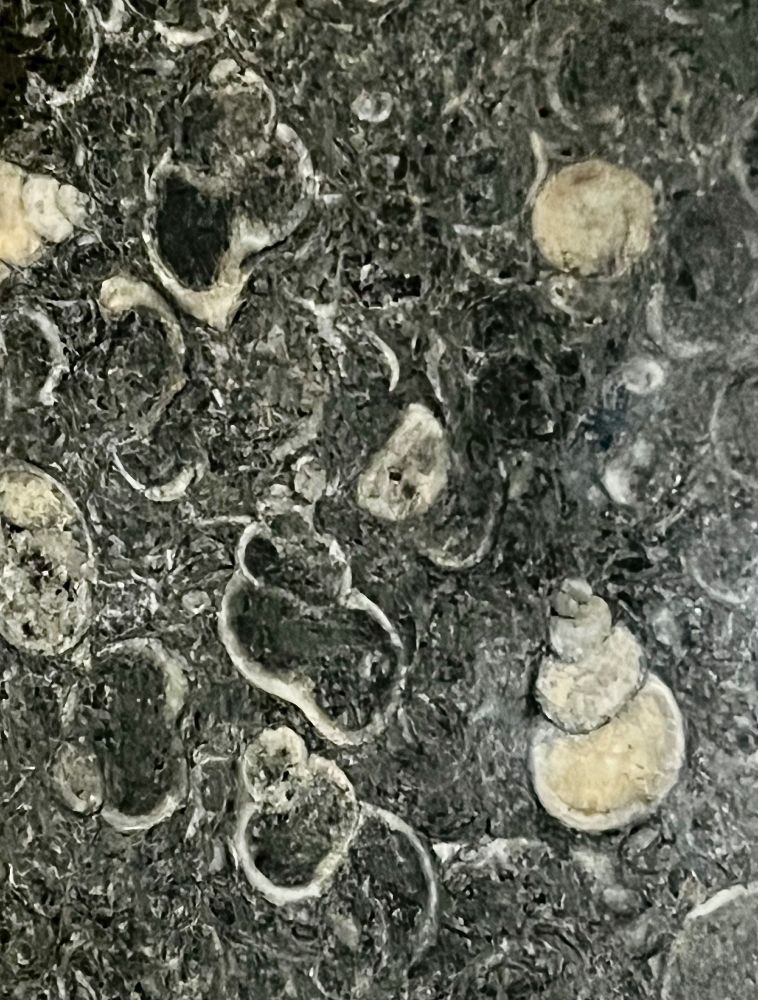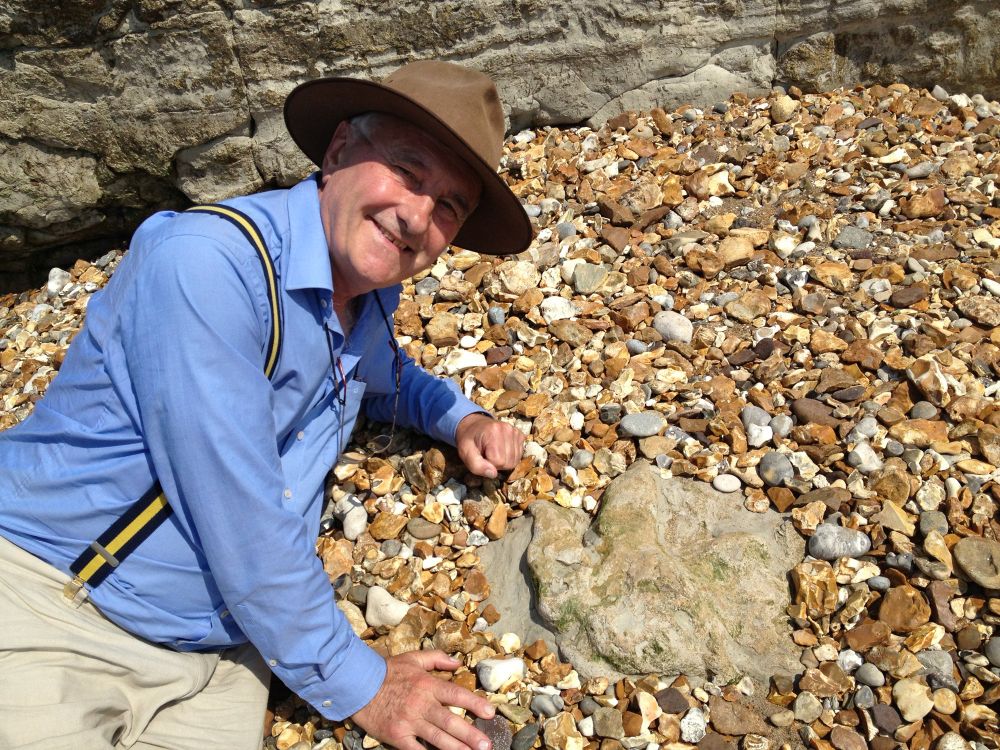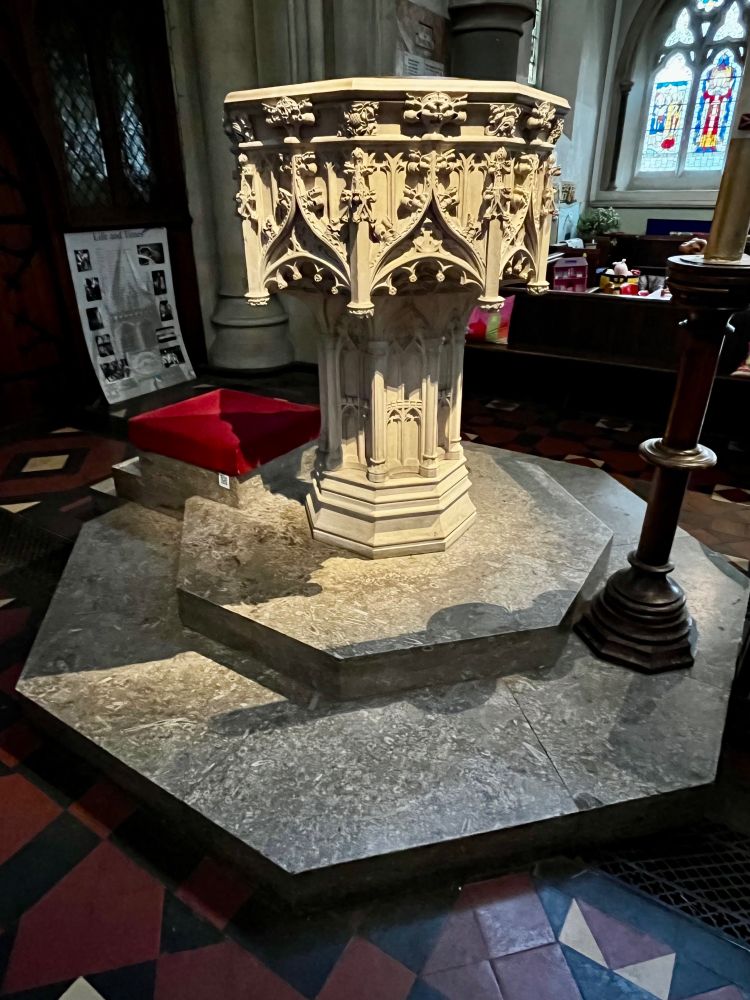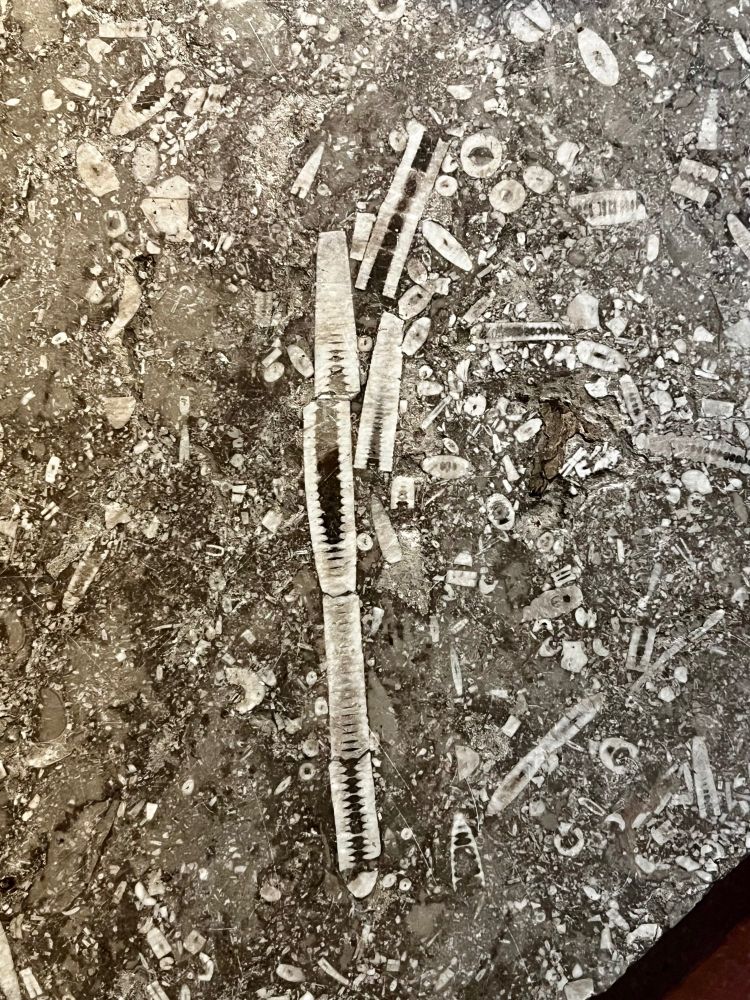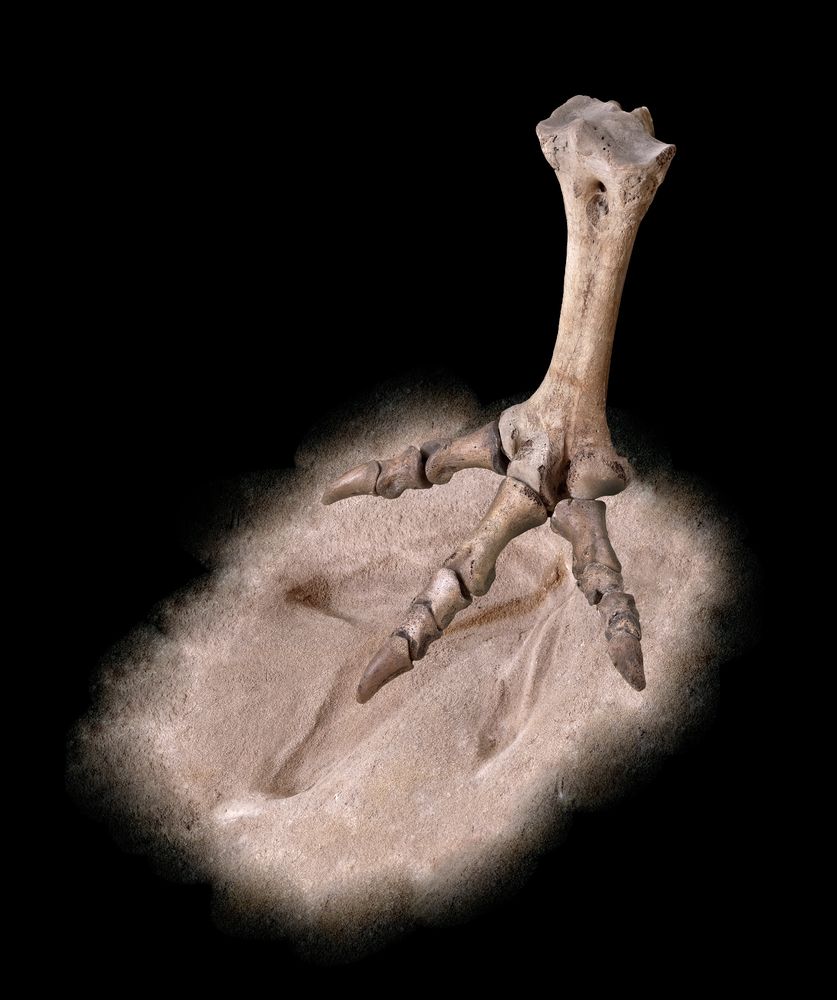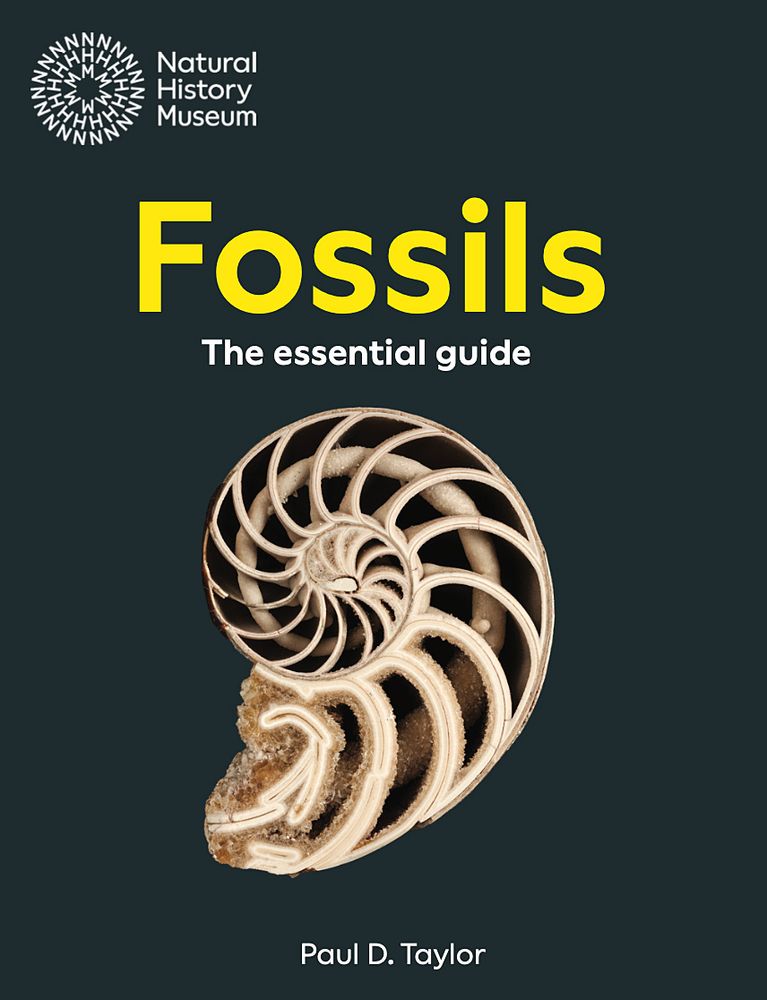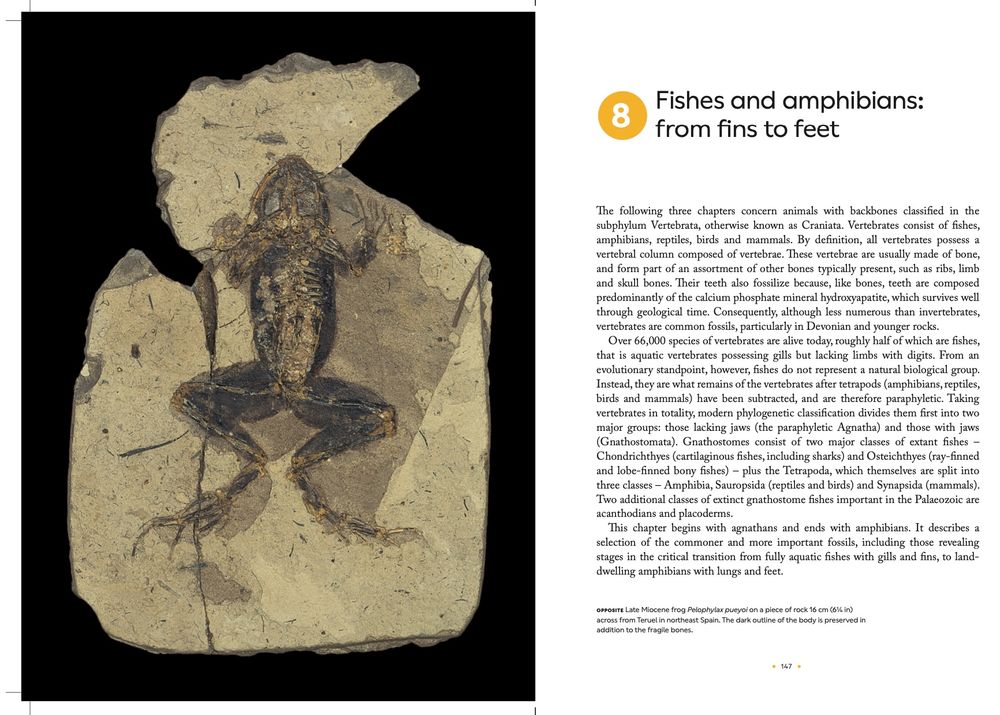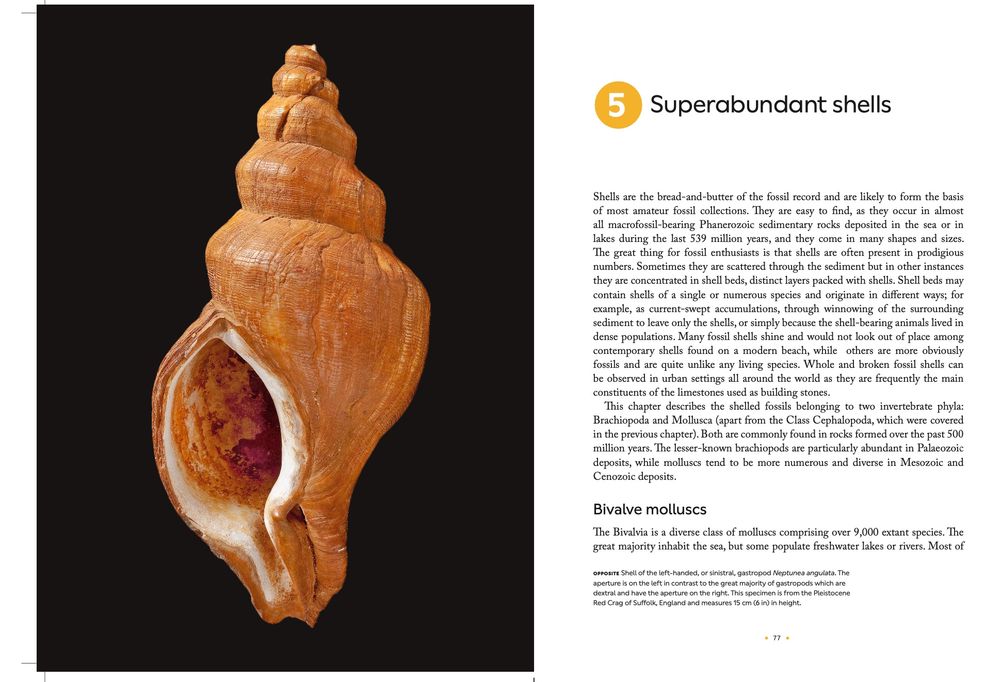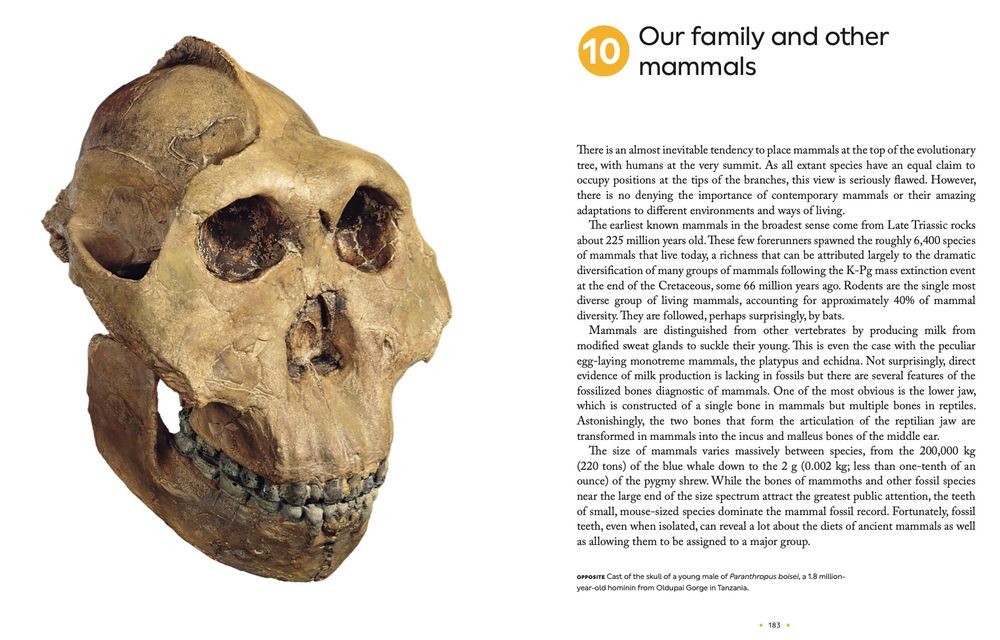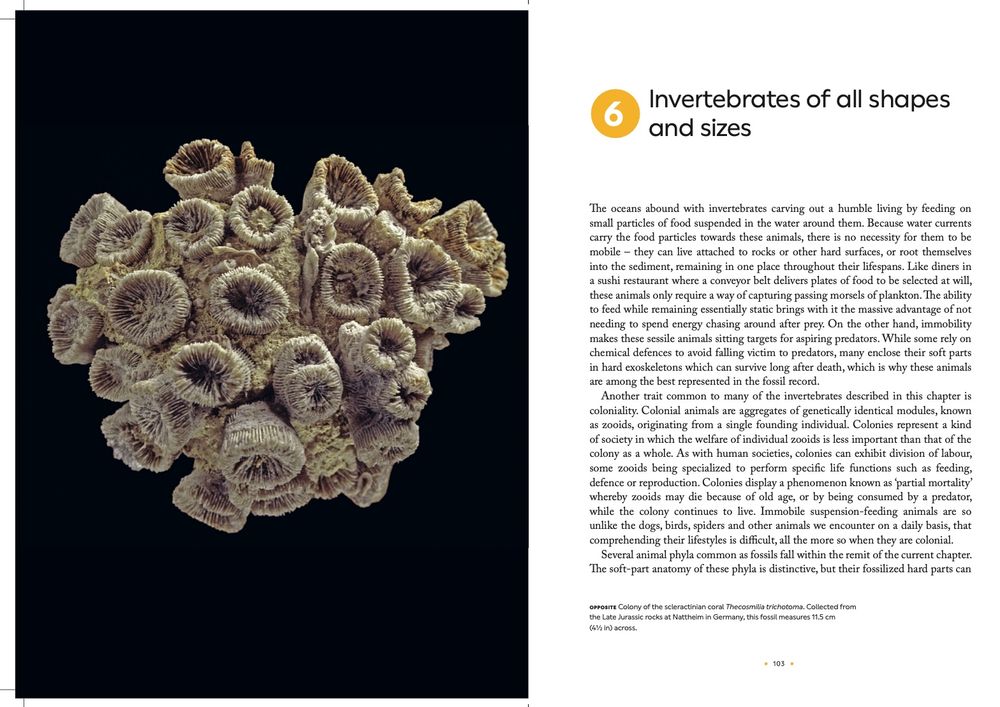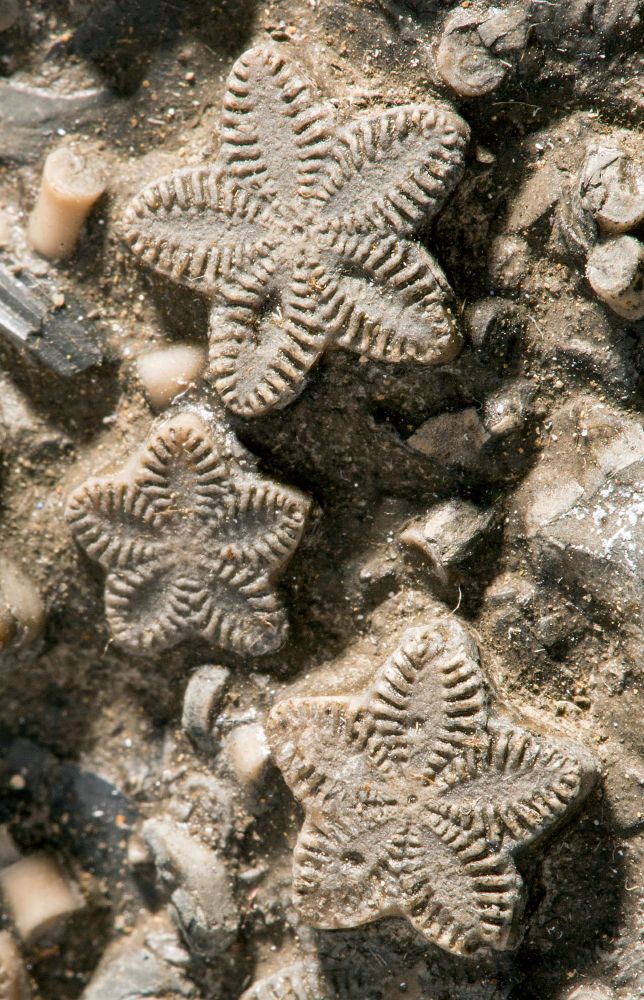Paul D. Taylor
Invertebrate palaeontologist and bryozoologist at the Natural History Museum, London.
- Reposted by Paul D. Taylor[Not loaded yet]
- Reposted by Paul D. Taylor[Not loaded yet]
- #MolluscMonday Bivalve Pholadoyma from the Early Eocene London Clay showing preservation of the nacreous aragonite shell.
- Reposted by Paul D. Taylor[Not loaded yet]
- #FontsOnFriday Dating back to about 1470, the stone font at St Mary’s Church, Hitchin features the twelve apostles, all of them quite literally ‘defaced’ in the 1640s by Oliver Cromwell’s puritan troops.
- #FossilFriday Crinoid Traumatocrinus from the Late Triassic of SW China.
- #MolluscMonday Bivalve and gastropod shells carved into a wooden pew at St Mary’s Church, Hitchin, Hertfordshire. Spot the sinistral snail.
- #FossilFriday One of the numerous terracotta tiles in the Natural History Museum decorated with a fossil, in this case a eurypterid. Cast from a mould for Alfred Waterhouse’s original building opened in 1881.
- Reposted by Paul D. Taylor[Not loaded yet]
- Reposted by Paul D. Taylor[Not loaded yet]
- #MolluscMonday Scallop shell emblem outside the Sainte-Ferme Abbey in Gironde, SW France, marking the abbey as a place on the Camino Way, the route of pilgrimage leading to Santiago de Compostela.
- #FossilFriday Lower Carboniferous brachiopods sectioned in various orientations in the paving stones of Carlow Blue Limestone from Ireland on London’s Southbank west of Tower Bridge.
- Reposted by Paul D. Taylor[Not loaded yet]
- #MolluscMonday Rudist bivalves are conspicuous in the polished limestone – probably mid-Cretaceous ‘Red Ereño’ from Bilbao – of this washstand top which has been mounted on the base of an old sewing machine. Available for just 80 Euros from a brocante in SW France.
- What better bryozoan for Good #FossilFriday than Goodonia cookae. This cheilostome from the Pliocene Coralline Crag of Suffolk was named in honour of NHM bryozoologist Pat Cook after her emigration to Australia. “Good on ya Cookie”.
- #MolluscMonday Dronne river gravels in SW France contain eroded shells of the Upper Cretaceous bivalve Pycnodonte. Many are coarsely silicified with beekite rings, as in this example.
- #FossilFriday Swop retail therapy for fossil therapy at the Bluewater Shopping Centre in Kent where the floor tiles consist of Jurassic Treuchtlingen Formation from Bavaria. Sponges like this are particularly common.
- Reposted by Paul D. Taylor[Not loaded yet]
- #MolluscMonday Ammonite set into the stone wall of a house in La Roche-Chalais, Dordogne, France. The closest Mesozoic rocks are of Late Cretaceous age but to my untrained eyes this looks Jurassic and is possibly a perisphinctid. Comments welcomed.
- Reposted by Paul D. Taylor[Not loaded yet]
- Reposted by Paul D. Taylor[Not loaded yet]
- #FossilFriday From an Oligocene building stone in Beychac-et-Caillau (Gironde), a section of a small sand dollar, upside down in the image with the finger as a scale but rotated in the higher magnification image so that the aboral surface is uppermost as in life. Note the internal pillars.
- Reposted by Paul D. Taylor[Not loaded yet]
- Pocket full of bryozoans in a building stone of Oligocene limestone photographed yesterday at La Reole in SW France.
- #MolluscMonday Two shells of Pycnodonte vesiculare photographed yesterday in a wall constructed of Campanian limestone at Aubeterre-sur-Dronne, SW France, both bored by sponges.
- Reposted by Paul D. Taylor[Not loaded yet]
- #FossilFriday Crinoid pluricolumnals (‘Entrochocus’) and echinoid spines (‘Lapis Iudaicus’) nicely arranged in a figure from Michele Mercati’s ‘Metallotheca’ published in 1717.
- #MolluscMonday By comparison with the belemnites, the ammonites in the Jurassic Treuchtlingen Formation paving slabs at Bluewater shopping centre are not so impressive.
- Am I the only one to have put a foot into a Wellington boot and been bitten by a crayfish hiding inside?
- #FossilFriday A beautiful 'seed fern' from the opening spread of the plant chapter in 'Fossils. The Essential Guide'.
- Quite early this morning at Le Shuttle terminal in Folkestone. Here’s the best fossil I could find.
- #MolluscMonday The Bluewater shopping centre south-east of London is a great place to see fossils in the floor slabs made of Jurassic Treuchtlingen Formation from Bavaria. Here is an almost perfectly sectioned belemnite guard with a chambered phragmocone.
- If only there was such a thing as #CyclostomeSaturday I would post this figure of Idmidronea atlantica drawn by H.J. Shannon for Osburn's monograph of Woods Hole bryozoans.
- Reposted by Paul D. Taylor[Not loaded yet]
- #FossilFriday It’s nice to put historically important fossils into the scanning electron microscope without preparation, even when the results may not be aesthetically pleasing, as in this image of fragment ‘b’ from a mount of Chalk bryozoans prepared by William Lonsdale in the mid-19th century.
- #TrilobiteTuesday Doyen of trilobite researchers Richard Fortey sadly died last Friday. Here is an off-duty Richard at the 2007 Lyme Regis Fossil Festival looking aghast after releasing a ball in the bowling alley of a local pub. His wit and wisdom will be greatly missed.
- #MolluscMonday This commemorative plaque in Southwark Cathedral, London, is full of gastropods. Probably Early Cretaceous Wealden Marble.
- Reposted by Paul D. Taylor[Not loaded yet]
- Reposted by Paul D. TaylorReally sad to report that our friend and colleague Richard Fortey passed away this morning after a short battle with cancer. We’ll all miss his wit and wisdom. Here he is checking out a dino footprint we found while filming together on the Isle of Wight
- #FontsOnFriday The Victorian Gothic church of St Martin’s in Dorking contains a relatively modern font (1897) sitting on a limestone plinth of Early Carboniferous age (c. 330 million years old), probably from Derbyshire, which is packed with crinoid fossils.
- Reposted by Paul D. Taylor[Not loaded yet]
- #FossilFriday Body and trace fossils of moa from New Zealand. Two images imaginatively put together by retired NHM photographer Harry Taylor. Taken from ‘Fossils. The Essential Guide’.
- Reposted by Paul D. Taylor[Not loaded yet]
- #WorldBookDay sees the official publication of 'Fossils. The Essential Guide'. Thirteen chapters covering fossils of all sizes, shapes and ages.
- ‘Fossils. The Essential Guide’ will be officially published tomorrow. Here is the opening spread for the chapter on fishes and amphibians.
- To be published this Thursday, Chapter 3 of ‘Fossils. The Essential Guide’ focuses on arthropods, especially trilobites. #TrilobiteTuesday.
- Chapter 5 of my new book ‘Fossils', to be published on March 6th, features non-cephalopod molluscs and brachiopods. #MolluscMonday
- Reposted by Paul D. Taylor[Not loaded yet]
- Opening spread for Chapter 10 of 'Fossils' to be published on March 6th.
- Countdown to the official publication of 'Fossils' on March 6th with some chapter opening spreads, starting with Chapter 6.
- #FossilFriday Star-shaped columnals of an isocrinid crinoid from the Lower Jurassic of Lyme Regis, London. Featured in my new book ‘Fossils. The Essential Guide’.
